The unmistakable mood of the 1990s lives on in colour-splashed bedrooms, chrome-bright kitchens, and endlessly comfortable living rooms. Far from a single look, 1990s interior design celebrated variety — mixing pared-back Calvin Klein minimalism with cottage florals, futuristic plastics, and DIY stencilling. That freedom is precisely why the era still inspires decorators today. By reviving one or two elements — be it a sponge-painted accent wall or a pastel bathroom suite — you can weave nostalgia into present-day spaces without feeling stuck in a time capsule. Ready for a spirited throw-back that still feels fresh? Let’s explore twenty-five ideas brimming with retro optimism.
1. Color-Blocked Accent Walls Revive 1990s Interior Design Energy
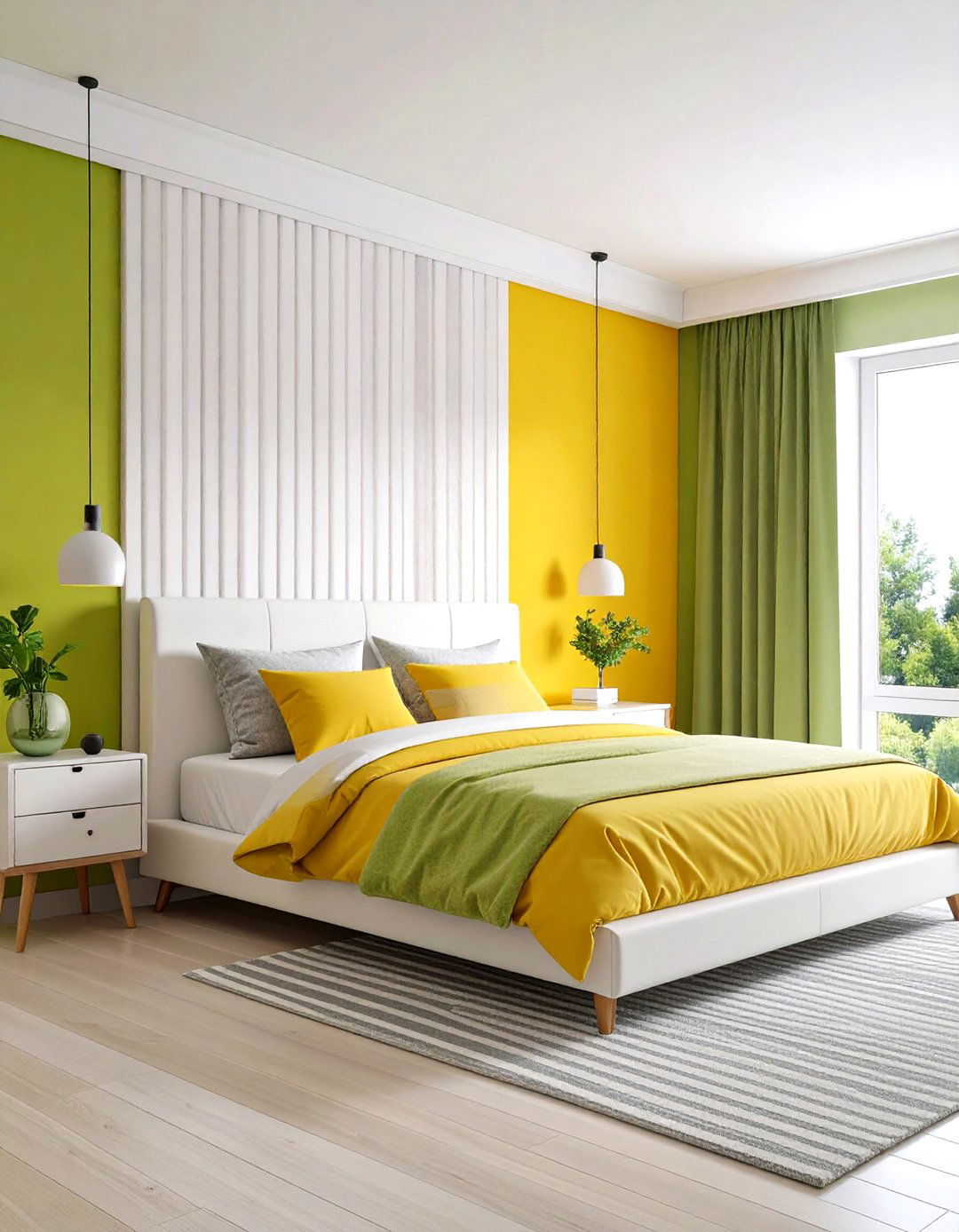
A burst of cobalt on one wall and sunny yellow on another instantly teleports a room back to the fearless days of 1990s interior design. The decade loved hard edges of contrasting hues — think royal blue beside fire-engine red — creating upbeat zones without heavy patterns. To make this color-blocking work today, pick two or three saturated shades, keep trim crisp white, and ground the palette with neutral flooring. Use painters’ tape to score razor-sharp lines, then balance the walls with streamlined furniture. Even a single accent wall brings nostalgic punch while remaining refreshingly modern.
2. Sponge-Painted Finishes for Soft 1990s Interior Design Texture
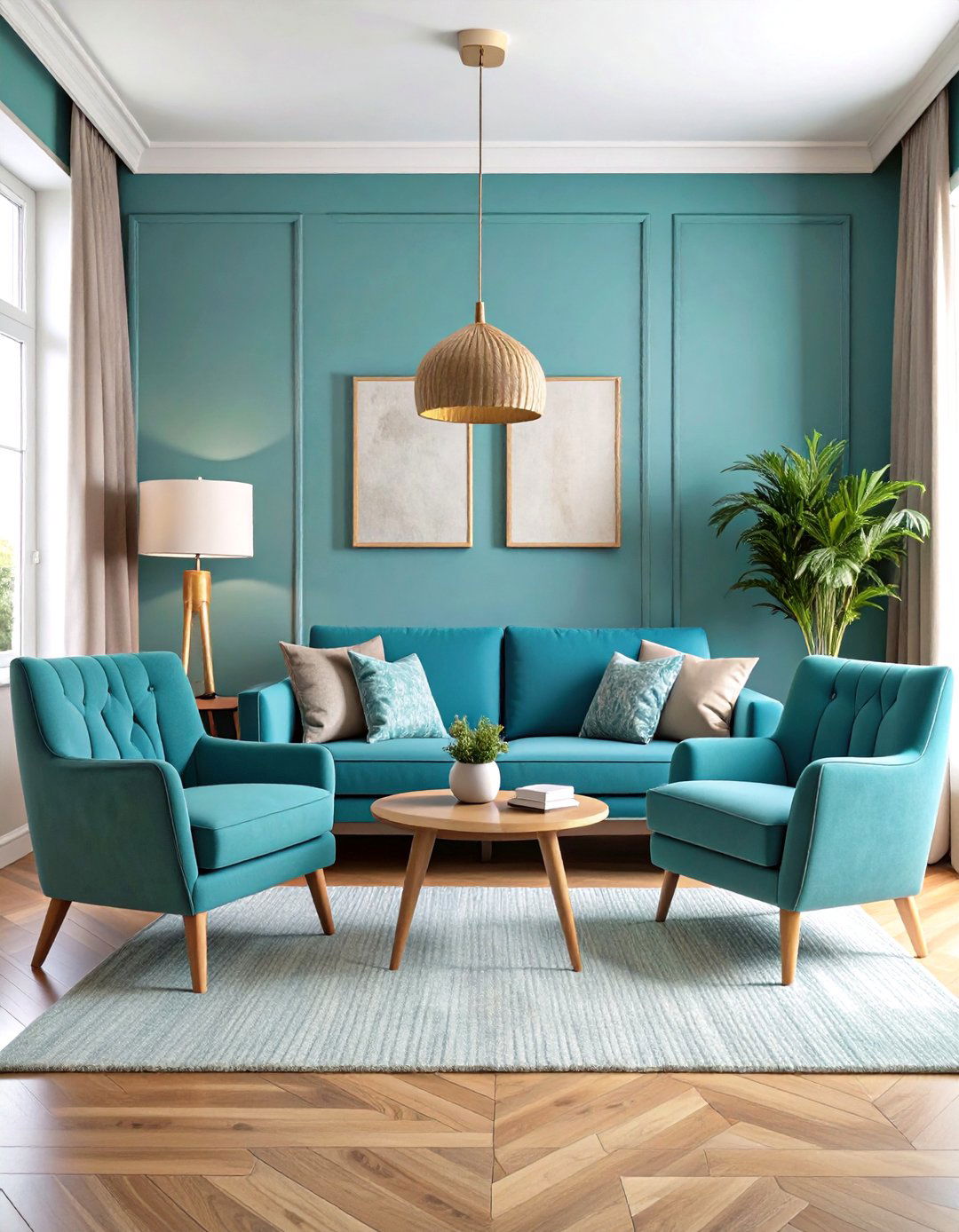
Unlike sleek rolled paint, sponge-painting was the crafty hallmark of 1990s interior design, layering two or three similar tones to mimic suede or linen with nothing more than a sea sponge and a patient hand. Start by rolling a mid-tone base coat, then dab on lighter and darker glazes in random stamps, rotating the sponge for natural variation. The mottled effect hides minor wall flaws, adds dimension, and diffuses bright color so rooms feel cozy rather than loud. Seal with matte polyurethane for wipe-able durability, and consider the same technique on bedside tables for an artful, unified look.
3. Honey-Toned Oak Cabinets Anchor 1990s Interior Design Kitchens
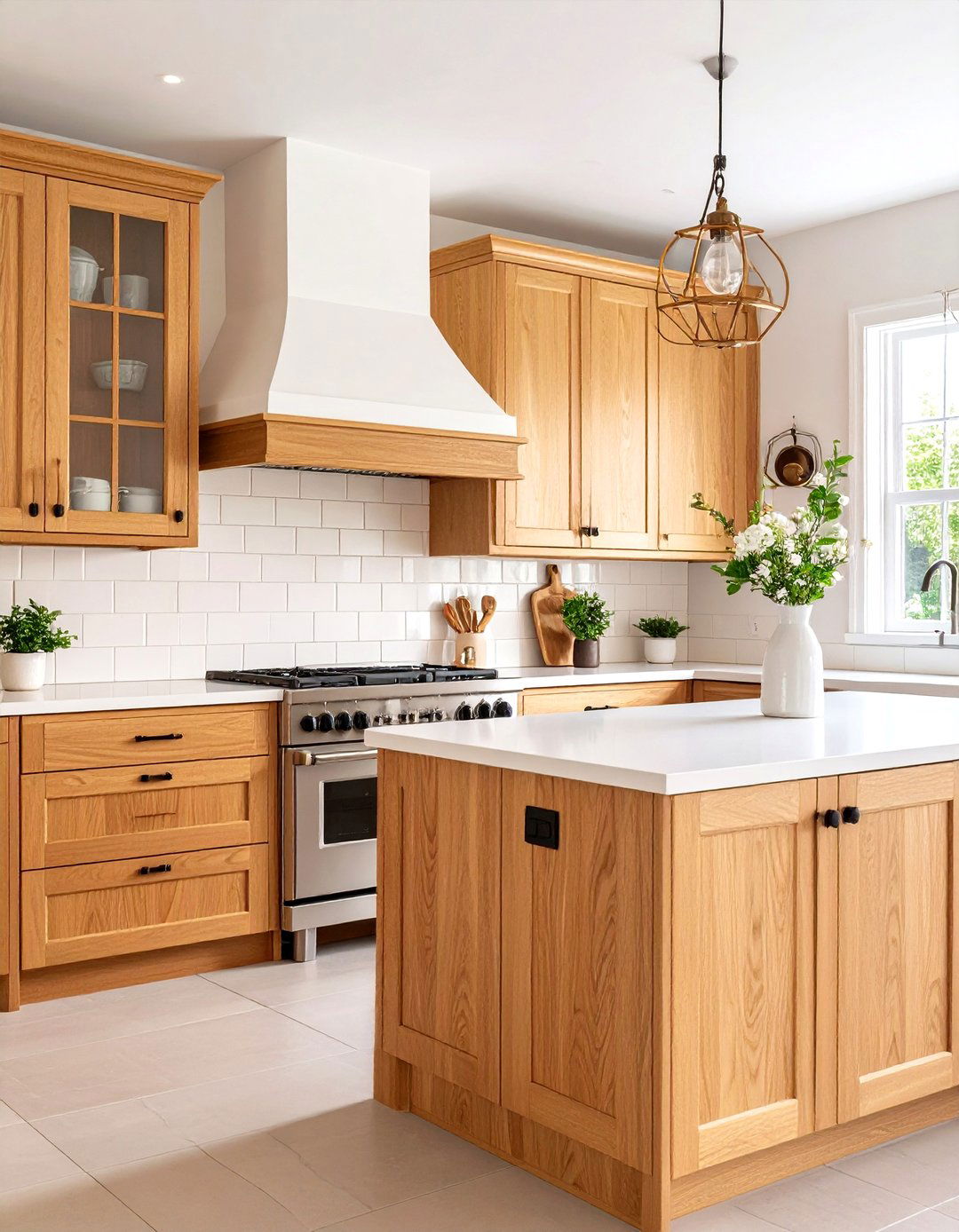
For anyone who grew up rummaging for cereal, those honey-golden oak cabinets are the culinary heart of 1990s interior design. Their raised-panel doors and visible grain add instant warmth, especially against white laminate counters. To refresh the look without ripping them out, clean wood thoroughly, swap brass pulls for matte-black bars, and replace scalloped valances with simple flat trim. Pair with a muted subway-tile backsplash so the timber remains the star. If your kitchen lacks genuine oak, thrift stores overflow with modular units waiting for a light sanding and clear wax that preserves their sunny, nostalgic glow.
4. Oversized Roll-Arm Sofas Capture 1990s Interior Design Comfort

Nothing says Saturday cartoons like sinking into the generous, overstuffed roll-arm sofa that dominated 1990s interior design living rooms. The trick to modernize the bulk is proportion: choose one hero couch, then scale side tables and lighting slender so the silhouette reads intentional. Recover sagging cushions in chenille or micro-corduroy — two fabrics that were era favorites yet still feel inviting. Deep jewel tones such as forest green or burgundy lend sophistication, while removable slipcovers make cleaning family-friendly. Layer throw pillows with subtle geometric prints to echo the sofa’s curves and turn an otherwise hefty piece into a cozy, stylish anchor.
5. Wicker and Rattan Accents Lighten 1990s Interior Design Spaces
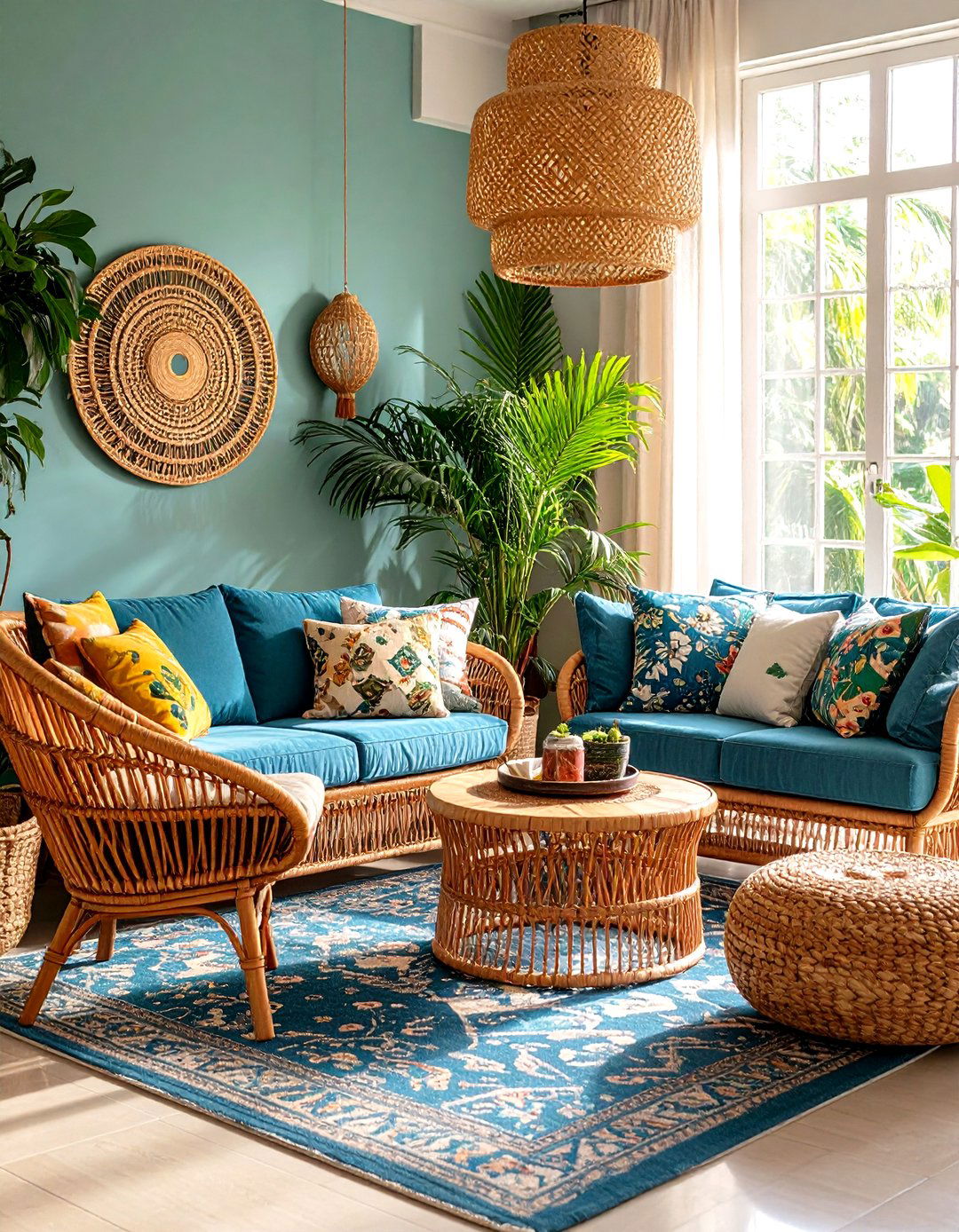
Surprisingly, airy wicker did not fade with the 1970s; it re-emerged in 1990s interior design as an antidote to hefty upholstery. A rattan coffee table or peacock chair introduces breezy texture and breaks up solid wood suites. Today, strengthen vintage pieces with a quick coat of matte polyurethane and replace sagging cane seats with fresh webbing. Contrast the light weave against denim slipcovers or bold tropical prints for that sun-room vibe TV sitcoms made famous. Even a simple woven planter basket can bridge modern minimalism and nostalgic charm without demanding a full Palm-Beach makeover.
6. Glass Block Partitions Define 1990s Interior Design Floor Plans

Glittering cubes of glass block were architectural shorthand for chic in 1990s interior design, especially framing showers or loft entryways. These translucent walls let in light while diffusing views, perfect for carving out a home office without shrinking sightlines. To avoid a dated maze, restrict blocks to a single statement: perhaps a waist-high half wall beside the tub or a breakfast bar riser. Use clear silicone instead of mortar for cleaner joints, and balance the icy texture with warm wood stools. LED strip lights placed along the sill will make each block sparkle like a retro-futuristic jewel.
7. Track Lighting Illuminates 1990s Interior Design Drama
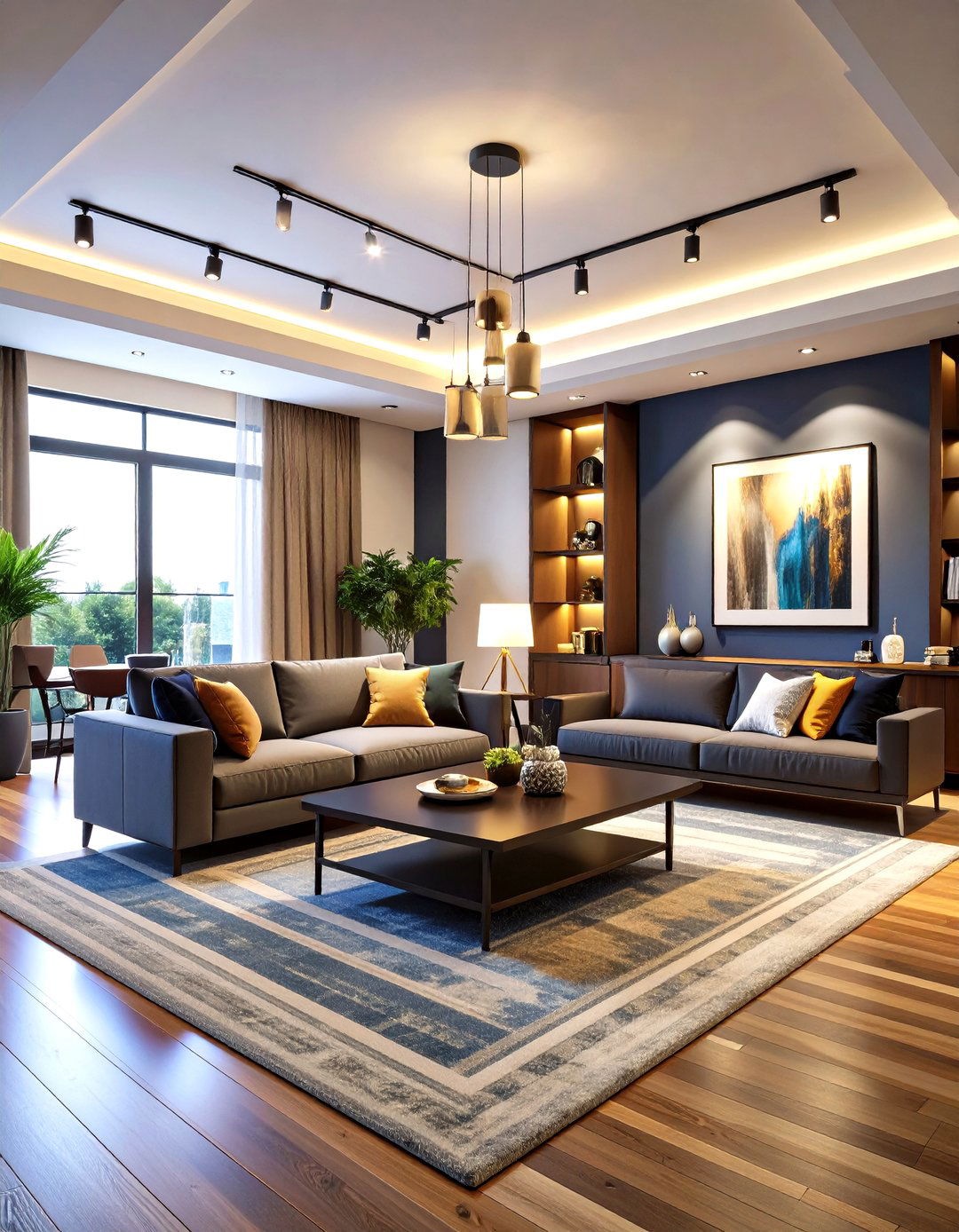
In the heyday of 1990s interior design, ceiling-mounted track lighting replaced fussy chandeliers, giving renters the power to spotlight art or kitchen prep zones with a simple twist. Modern LED kits revive the idea without the energy melt. Mount a sleek, powder-coated rail, then angle mini heads toward shelving, drapery, and the center of the coffee table to create layered brightness. Dimmer switches are essential; they tame the otherwise intense beams and turn late-night movies into that authentic ‘Blockbuster Friday’ glow. Keep trim and housing white on white for a subtle ceiling line, or go matte black for an industrial vibe.
8. Geometric Rugs Echo 1990s Interior Design Graphics
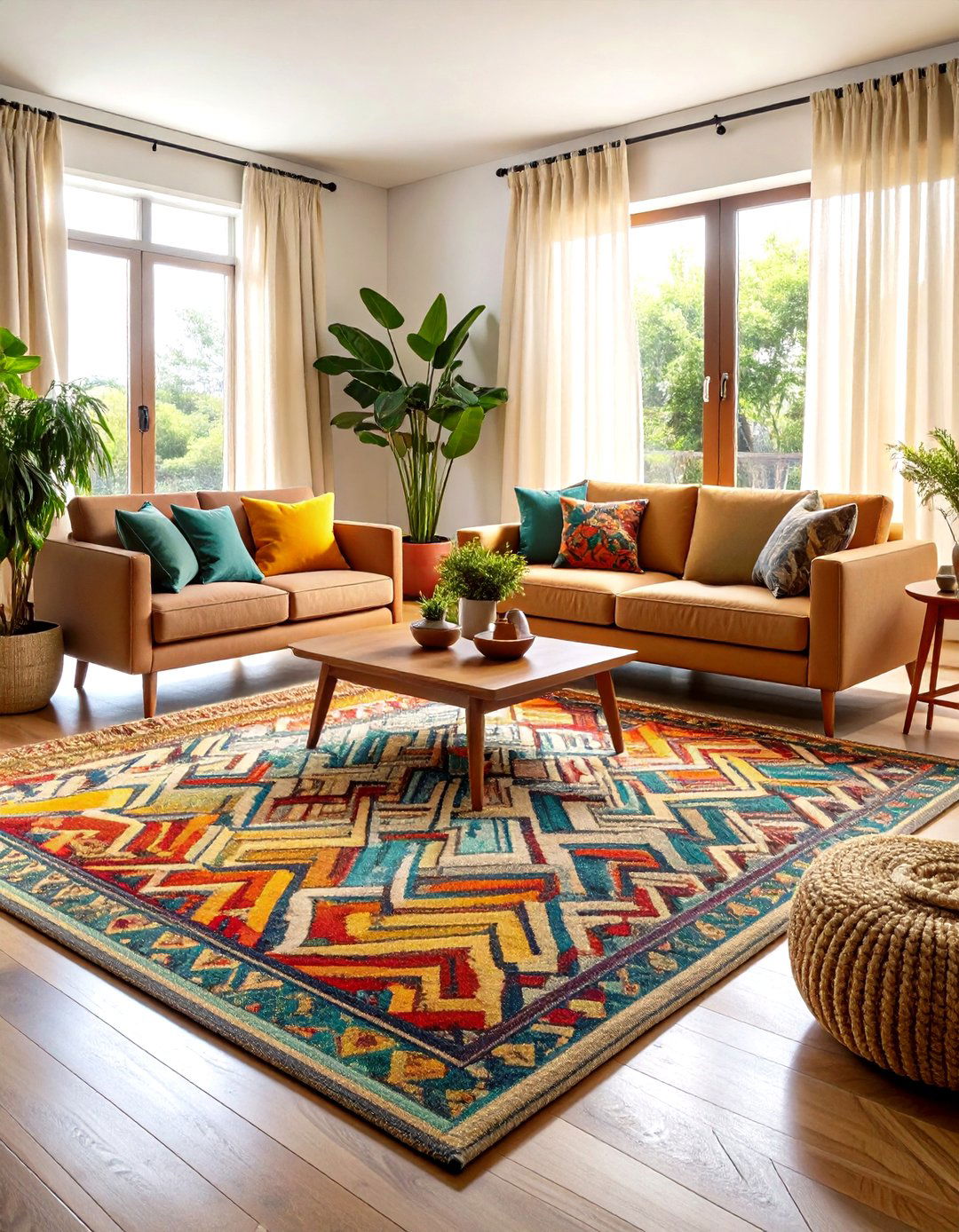
By the mid-1990s interior design stores were awash with area rugs sporting zigzags, checkerboards, and abstract curves reminiscent of music-video backdrops. To channel that playful spirit now, pick a low-pile wool rug in two or three saturated tones that connect to your upholstery. Ground the pattern by leaving surrounding furniture simple — think hairpin-leg coffee tables and plain linen curtains — so the geometry remains focal. For an easy rental hack, layer a patterned 5×7 atop a larger neutral jute, mimicking the inset-carpet trend of the era without permanent floors. A rhythmic rug instantly sets a retro beat underfoot.
9. Chrome and Stainless Accents Polish 1990s Interior Design Shine
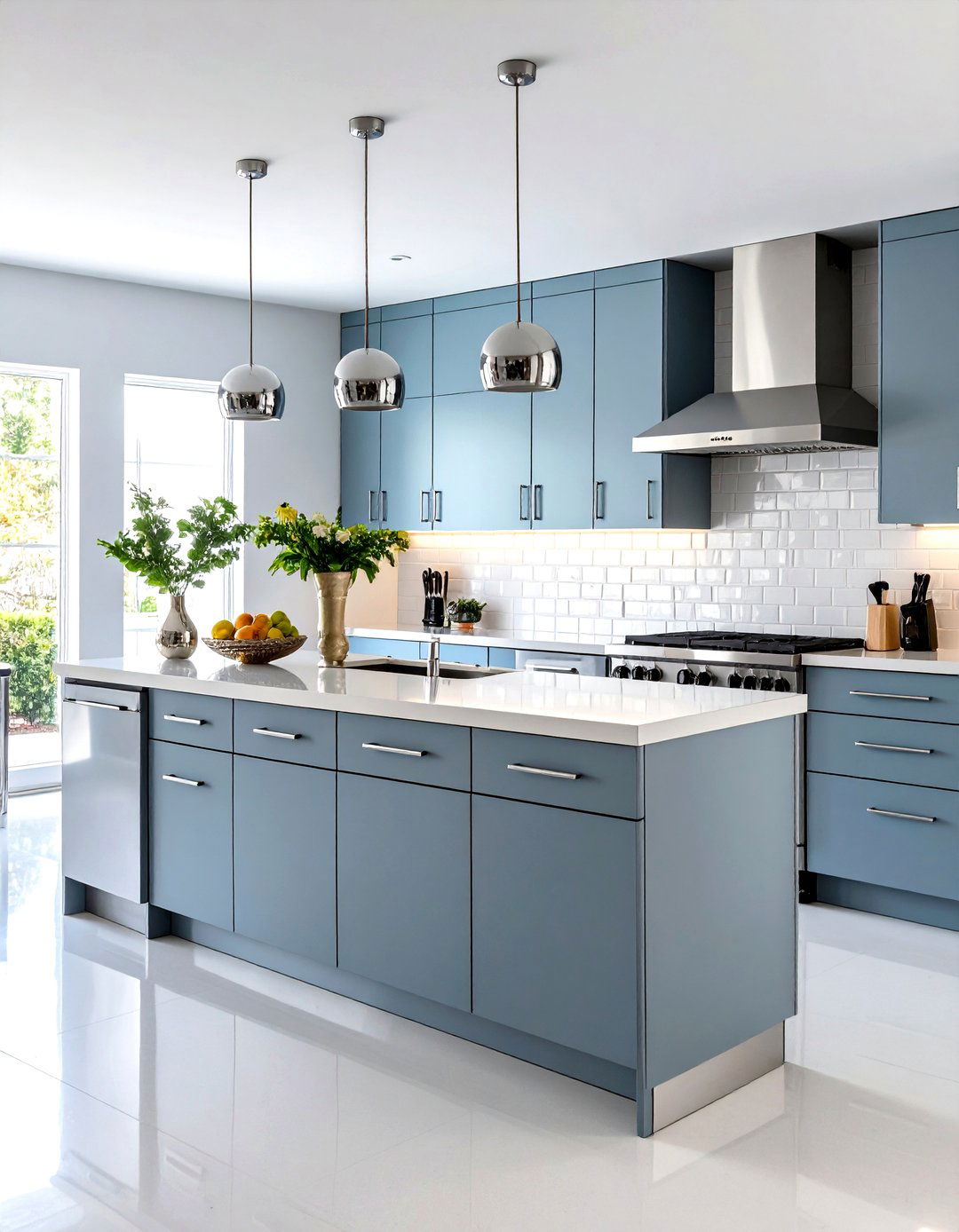
Stainless steel refrigerators and chrome side tables embodied the tech optimism that ran through 1990s interior design, glinting beneath halogen spots. To bring back that lustre without going full diner, start small: swap dated drawer pulls for tubular chrome bars, add a reflective pedestal end table, or cluster mirrored vases on the mantel. The high-gloss metals bounce light around tight apartments and pair surprisingly well with current matte paints. Avoid mixing too many finishes; stick to chrome and brushed steel so the look feels curated, not chaotic. A single metallic hero piece can refresh an entire vignette.
10. Inflatable Furniture Adds Playful 1990s Interior Design Flair
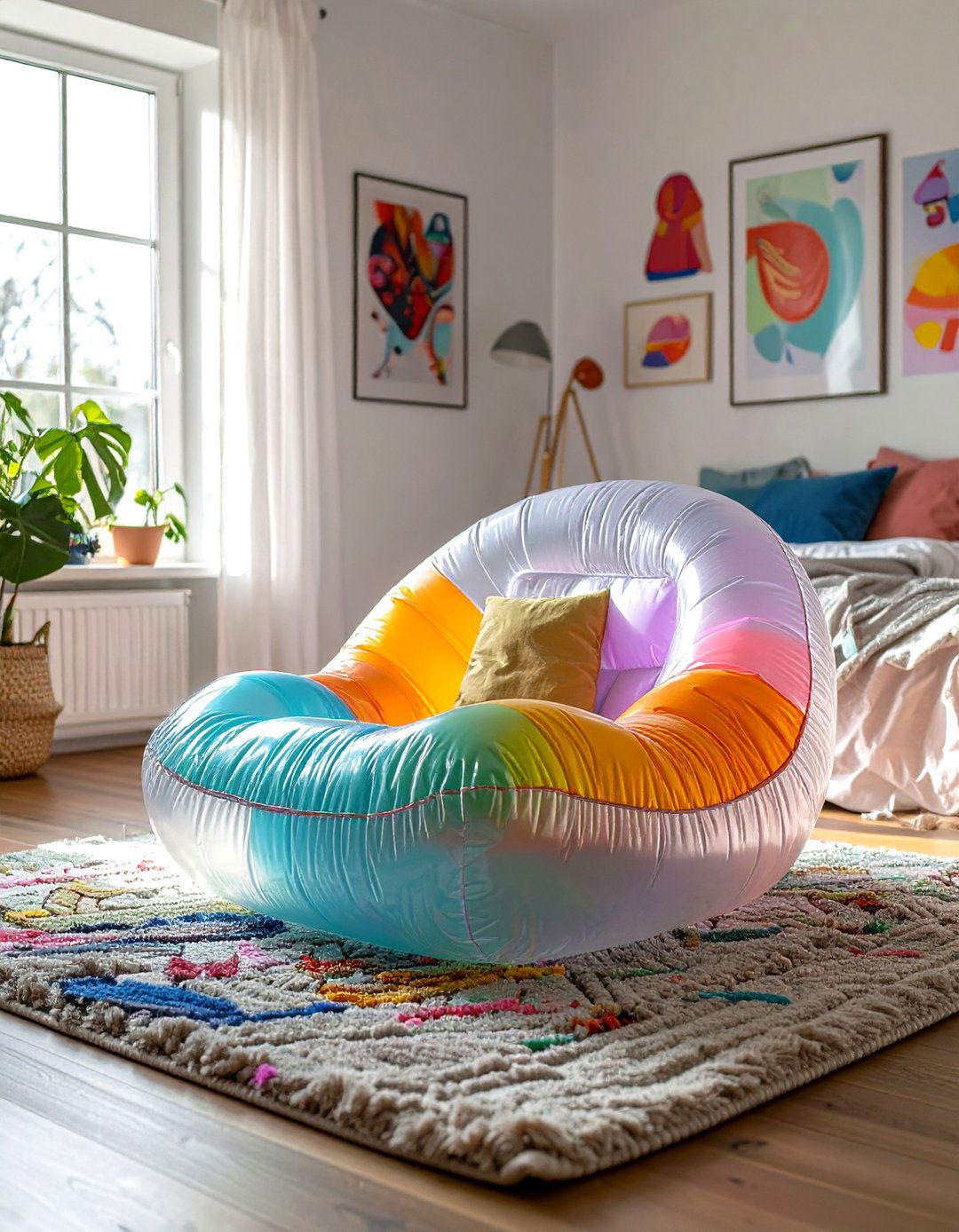
Certainly one of the quirkiest symbols of 1990s interior design is the translucent inflatable chair — lightweight, inexpensive, and unapologetically fun. Today’s vinyl versions are sturdier; look for thicker gauge plastic and double air chambers for safety. Use one in a teen bedroom, dorm, or covered patio where serious antiques might feel uptight. Because the piece is visually light, balance it with a chunky knit throw or flokati rug for cozy contrast. Keep a manual pump nearby so you can top up sagging cushions after weekend gaming marathons. For eco-minded decorators, choose phthalate-free PVC to keep indoor air fresh.
11. Pastel Bathroom Suites Bring Soft 1990s Interior Design Nostalgia

A powder-pink tub or sea-foam toilet might sound wild, yet pastel fittings were surprisingly common in 1990s interior design suburban homes. If you have one, lean in: refresh grout in matching tint, replace cracked caulk, and update faucets with sleek chrome to bridge eras. For quick homage without a gut reno, paint walls a gentle blush and add melon-toned towels against glossy white subway tile. Accessorize with frosted-glass soap dispensers and a scalloped bath mat — the subtle curves echo era shapes. The gentle palette instantly makes small bathrooms feel larger and invites soothing self-care rituals.
12. Whimsigoth Touches Deepen 1990s Interior Design Mood
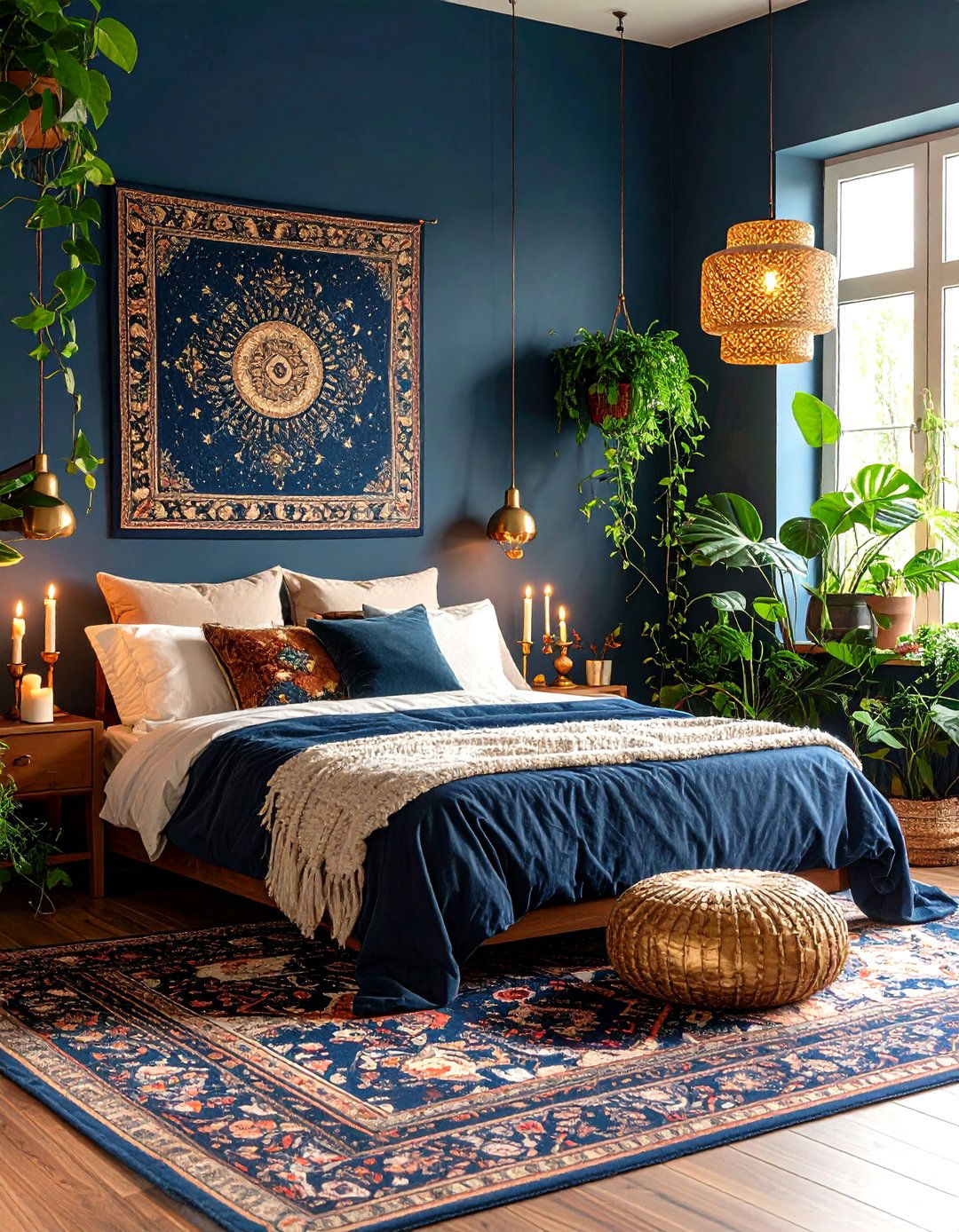
Looking for a dash of 1990s interior design rebellion? Enter Whimsigoth — a mix of celestial prints, velvet, and candle-lit romance popularized by ‘The Craft’ and alternative music videos. Start with a midnight-blue or eggplant accent wall, then layer moon-and-star tapestries, brass candlesticks, and a thrift-store Persian rug in plum and black. Houseplants with trailing vines soften the drama while enhancing mystical vibes. For lighting, swap harsh LEDs for amber Edison bulbs inside wrought-iron sconces. The style encourages DIY expression, so stencil constellations on closet doors or upcycle a gothic picture frame into a vanity mirror dripping with charm.
13. Beanbag Lounges Soften 1990s Interior Design Corners
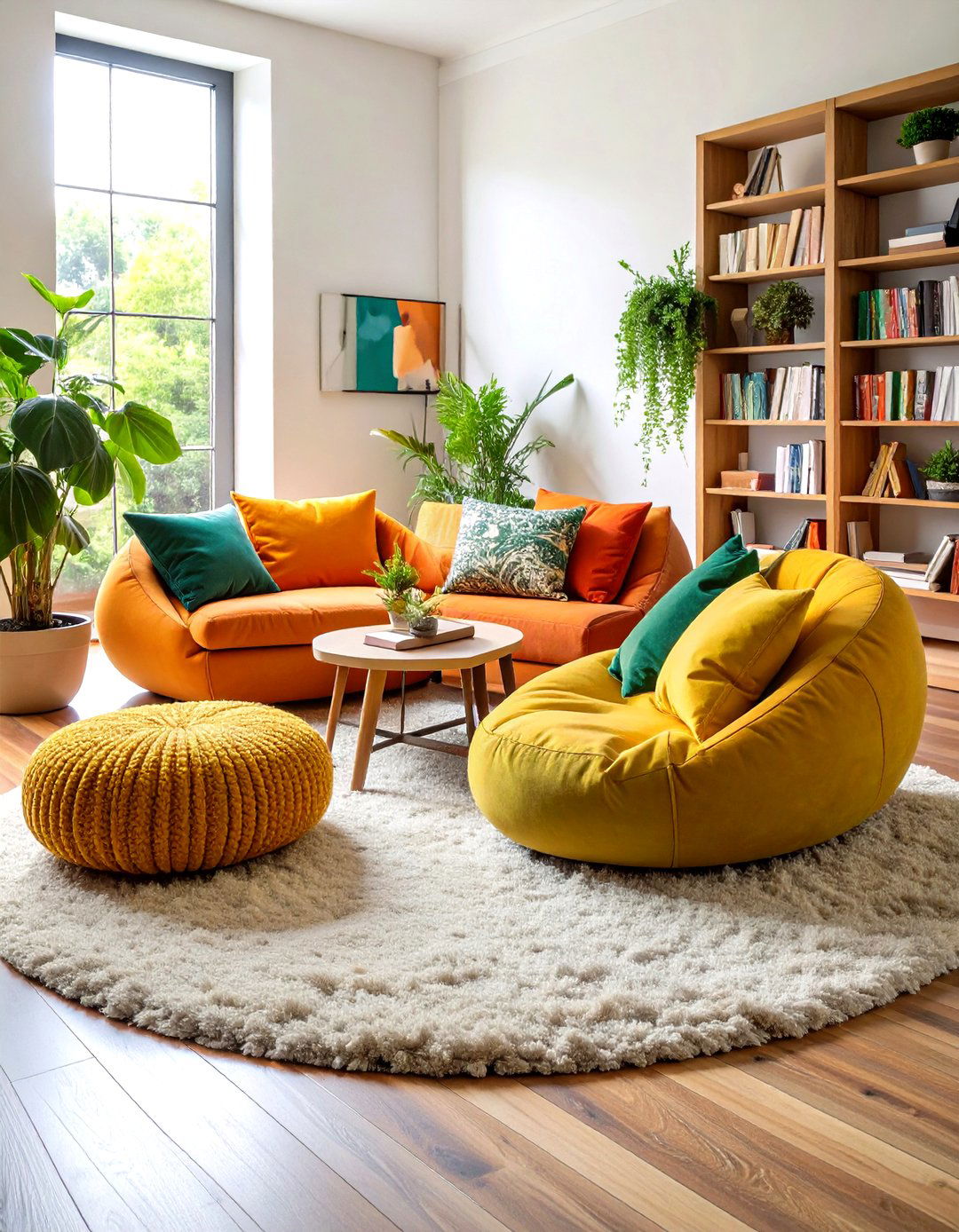
By plopping a pair of foam-filled beanbags under a dormer window, you instantly recreate the laid-back ethos of 1990s interior design. Unlike earlier styrofoam pellets, today’s shredded memory-foam inserts mold to the body then spring back, making them suitable for adult reading nooks. Choose micro-suede covers in jewel tones — emerald, sapphire, ruby — to mature the vibe. Place a low hexagonal side table between seats for mugs and graphic novels, and anchor the setup with a circular shag rug that peeks out like a sunburst. Kids and pets adore the floor-level comfort, yet the corner still looks curated, not chaotic.
14. Vertical Blinds Frame 1990s Interior Design Windows
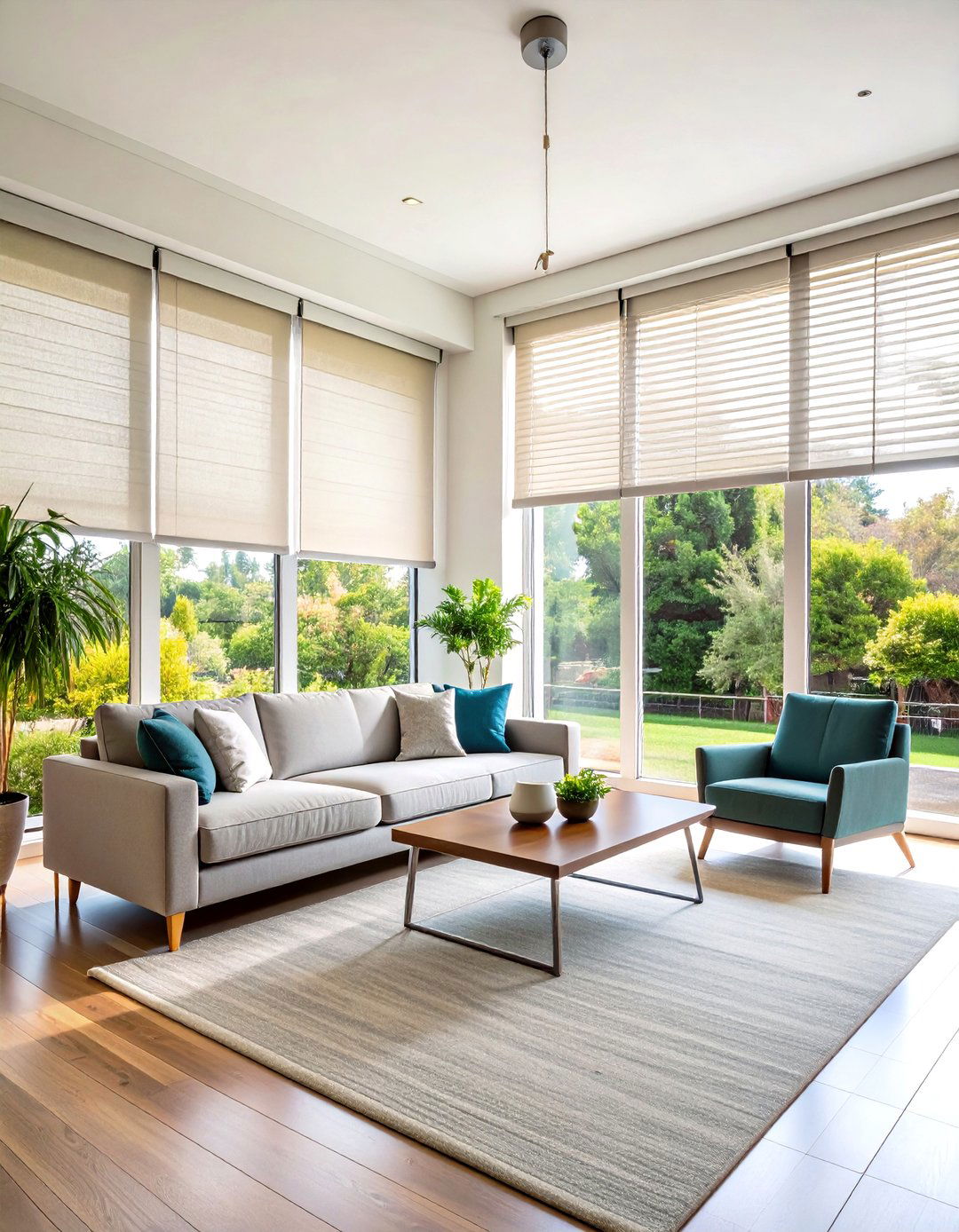
Although many designers now favor Roman shades, vertical blinds once epitomized 1990s interior design for their office-chic lines and budget-friendly price. To reuse the concept with style, swap brittle PVC slats for linen-look fabric panels in soft gray or oatmeal. Install a slimmer headrail flush to the ceiling to elongate walls, and layer sheer curtains outside the blinds for hotel-like softness. The tilting vanes still grant precise light control — ideal for glare-prone home offices — and collect far less dust than horizontal alternatives. Replace the bead chain with a child-safe wand pull to update both safety and silhouette.
15. Multimedia Entertainment Centers Dominate 1990s Interior Design Focal Points
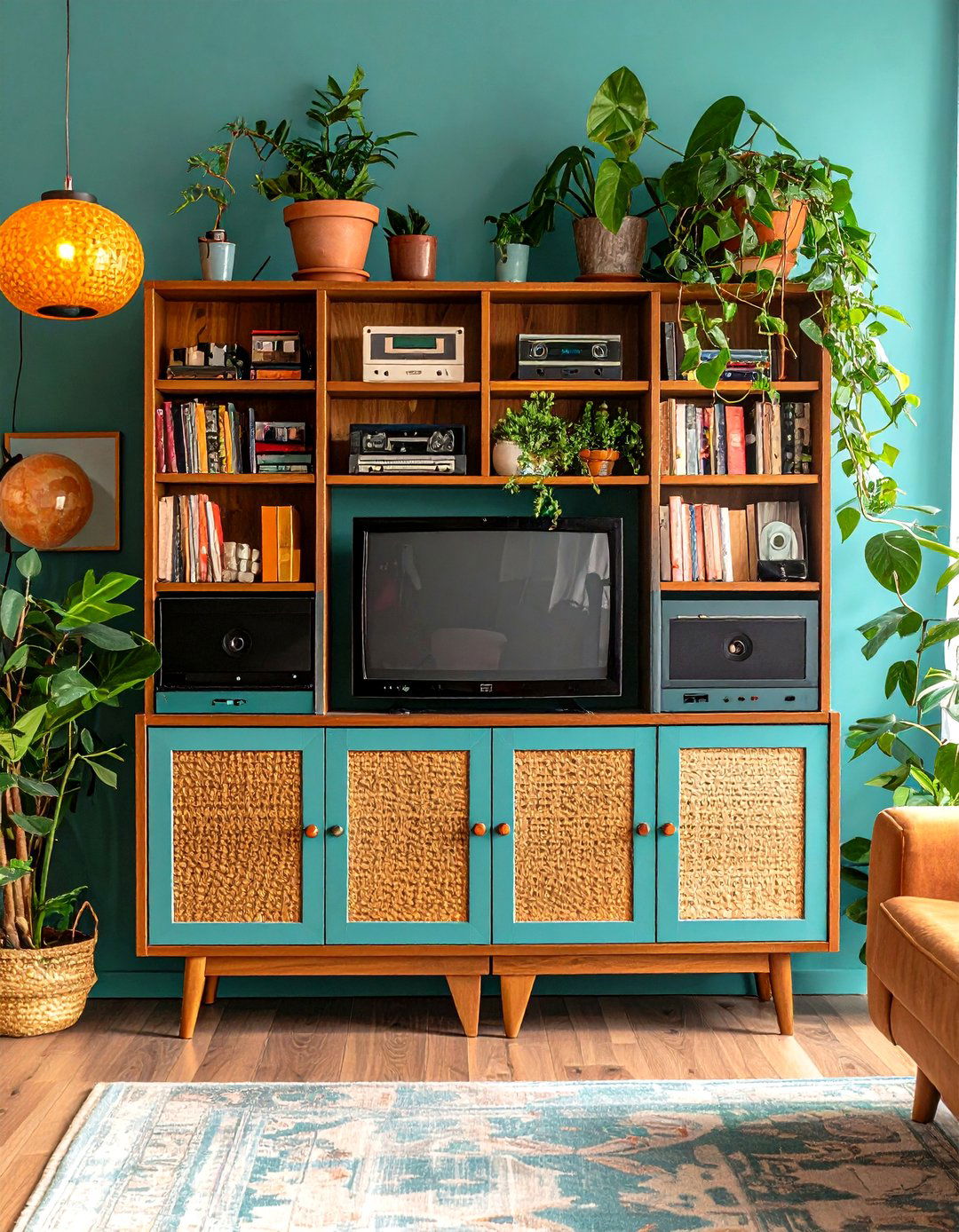
Before wall-mounted flatscreens, 1990s interior design revolved around hefty entertainment centers housing tube TVs, VCRs, and growing stacks of VHS tapes. Resurrecting one today can add storage and retro character. Look for solid pine or oak units at thrift shops, remove outdated back panels, and drill grommet holes for streaming-device cables. Paint the frame a deep charcoal to balance nostalgic shape with modern color. Replace glass doors with woven cane inserts for airflow and studio-loft flair. Finally, style open shelves with cassette cases, lava lamps, and potted pothos vines to keep the centerpiece playful rather than clunky.
16. Minimalist Monochrome Epitomizes High-End 1990s Interior Design

Although the decade is remembered for color, high fashion brands injected stark minimalism into late-1990s interior design. Picture gallery-white walls, black leather Barcelona chairs, and a single steel pedestal table. To adopt the aesthetic, first clear visual clutter; stash gadgets in lacquer boxes, leaving only sculptural lamps on display. Use one hue — perhaps greige — across walls, trim, and ceiling for seamless flow, and limit art to oversized black-and-white photography. Glossy concrete floors or pale maple planks amplify negative space. The discipline spotlights quality materials and allows bold statement pieces, like a chrome arc lamp, to shine with runway confidence.
17. Cottage Chintz Layers Warm 1990s Interior Design Living Rooms

Floral chintz sofas teamed with striped curtains offered cozy informality within 1990s interior design, especially in British-inspired cottage schemes. Recreate the mix by choosing one hero print — perhaps cabbage roses — then echo its palette in thinner ticking stripes on ottomans or lamp shades. Maintain cohesion with consistent background color, typically warm cream. Wooden sideboards painted sage green tie fabrics to furniture, while a braided jute rug grounds the pattern party. Avoid perfection; slight mismatches enhance collected charm. Finish with knitted throw blankets and pleated floral lampshades to invite tea-time lounging on rainy afternoons.
18. Black Lacquer Furniture Adds Glossy 1990s Interior Design Edge
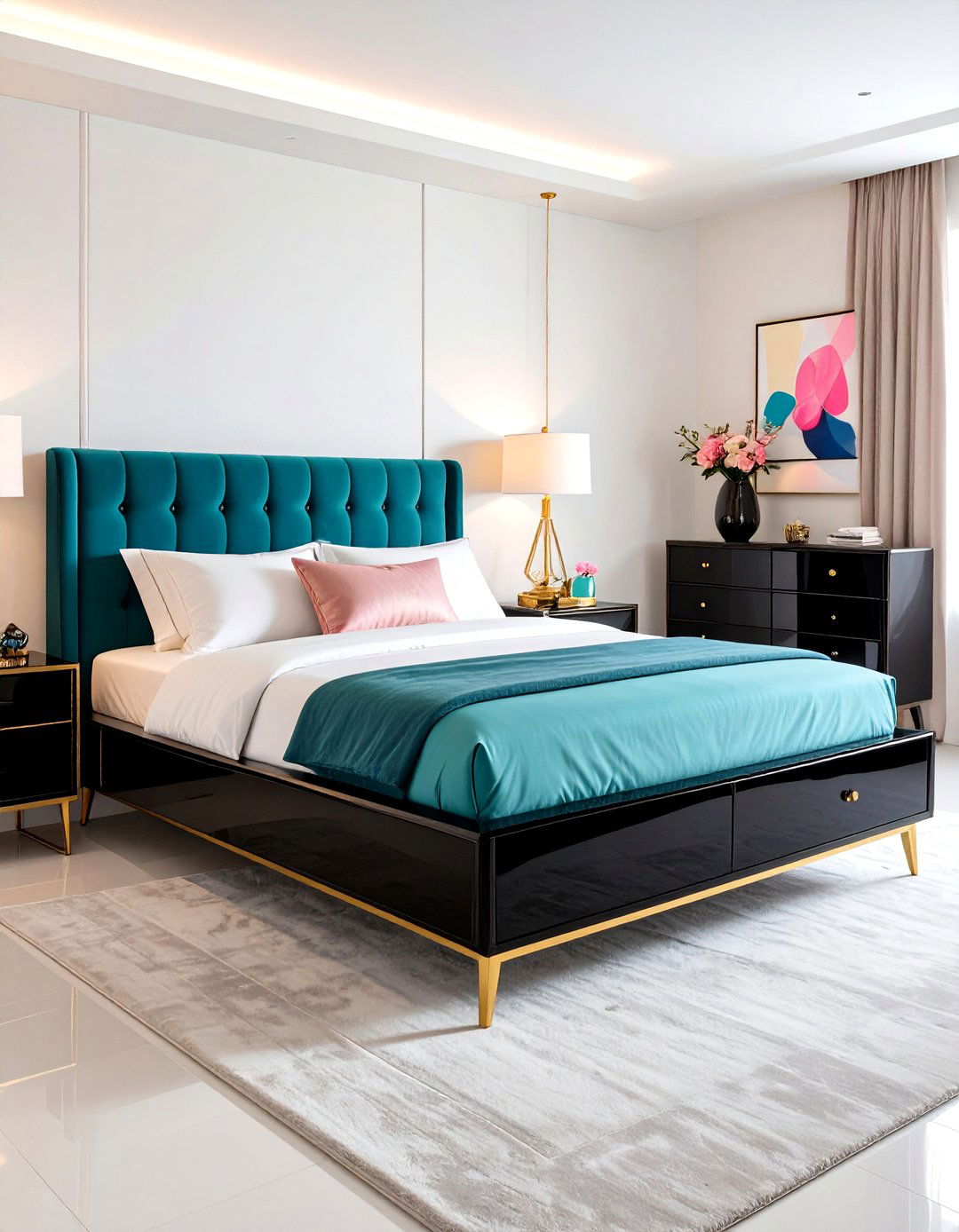
High-gloss black lacquered consoles and nightstands brought a dash of nightclub glamour to 1990s interior design. To repurpose thrifted pieces, sand gently, then apply water-based polyurethane for mirror-like shine without toxic fumes. Temper the dark drama with milky-white walls and soft uplighting that bounces off reflective surfaces. Brass knobs or crystal pulls create sophisticated contrast and echo the era’s love of mixed finishes. A single lacquer dresser in the bedroom instantly elevates IKEA basics and frames neon artwork beautifully. Remember to use coasters; rings and scratches show faster on that piano-polish gleam.
19. Wallpaper Borders Personalize 1990s Interior Design Walls
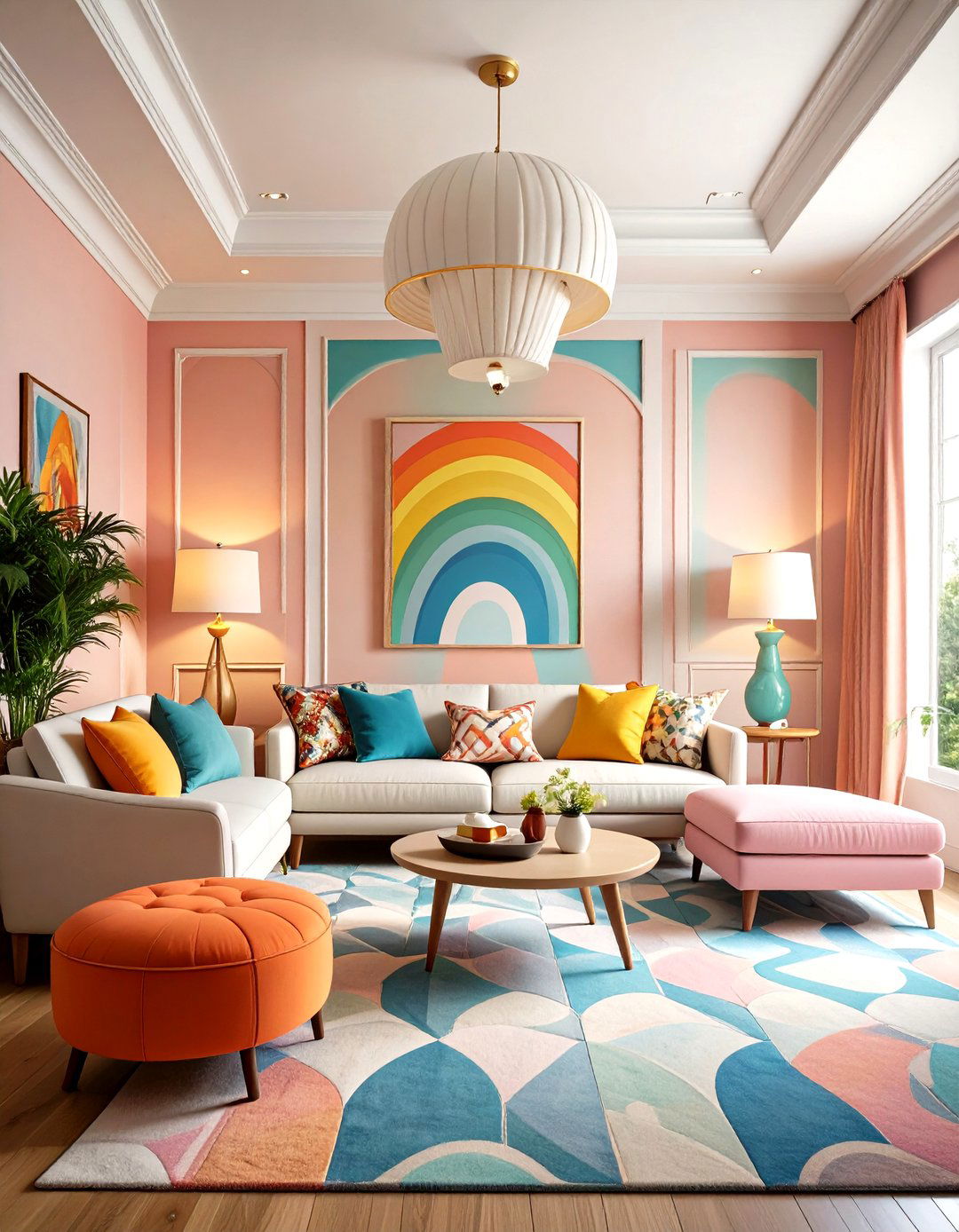
Before peel-and-stick murals, 1990s interior design relied on wallpaper borders — ribbons of ivy, fruit, or sailboats running along the ceiling line — to inject personality at low cost. Today, revive the concept with modern motifs such as graphic waves or vintage comic strips printed on removable vinyl. Apply just under crown molding or mid-wall as a chair-rail accent. The slim pattern visually widens small rooms and gives renters color without repainting entire walls. Match background color to existing paint for cohesion, then repeat one shade from the border in throw cushions or art to weave the story throughout the space.
20. Metallic Finishes Forecast Futuristic 1990s Interior Design
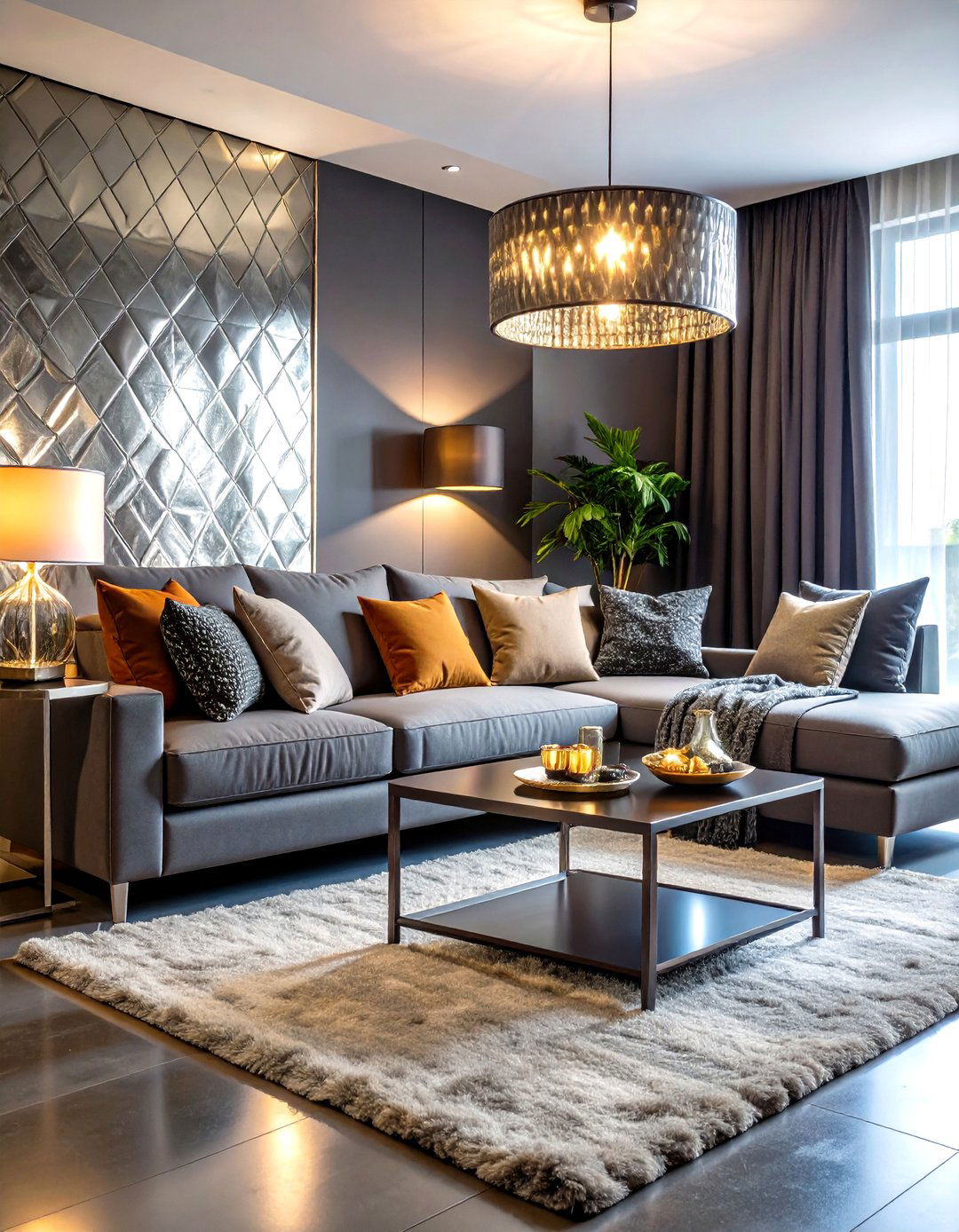
Due to pop-culture obsessions with Y2K, iridescent and brushed-silver finishes infiltrated 1990s interior design long before the millennium bug fizzled. Tap into that future-forward gleam with galvanized-steel side tables or pearlized laminate countertops. A single metallic-foil accent wall behind the headboard catches morning light and feels like stepping inside a music video. For smaller gestures, spray-paint planters with chrome automotive paint or wrap lamp shades in holographic vinyl. Offset the shine with matte charcoal linens and chunky knits so the room feels curated rather than carnival. Futuristic metals still read optimistic — just what many homes need.
21. Faux-Tuscan Kitchens Channel 1990s Interior Design Wanderlust

Owing to the era’s culinary TV boom, many 1990s interior design makeovers dressed kitchens in faux-Tuscan style: terracotta walls, grapevine stencils, and wrought-iron pot racks. To reinterpret this trend without kitsch, stick to earthy plaster finishes, install open shelves in reclaimed pine, and hang a single vintage copper pan collection instead of plastic foliage. Natural stone or soapstone counters ground the look, while aged-brass faucets nod to old-world charm. Add woven rush barstools and a bowl of lemons for color. The result is rustic warmth that pairs artisan craftsmanship with nostalgic comfort.
22. DIY Stenciled Motifs Personalize 1990s Interior Design Furniture
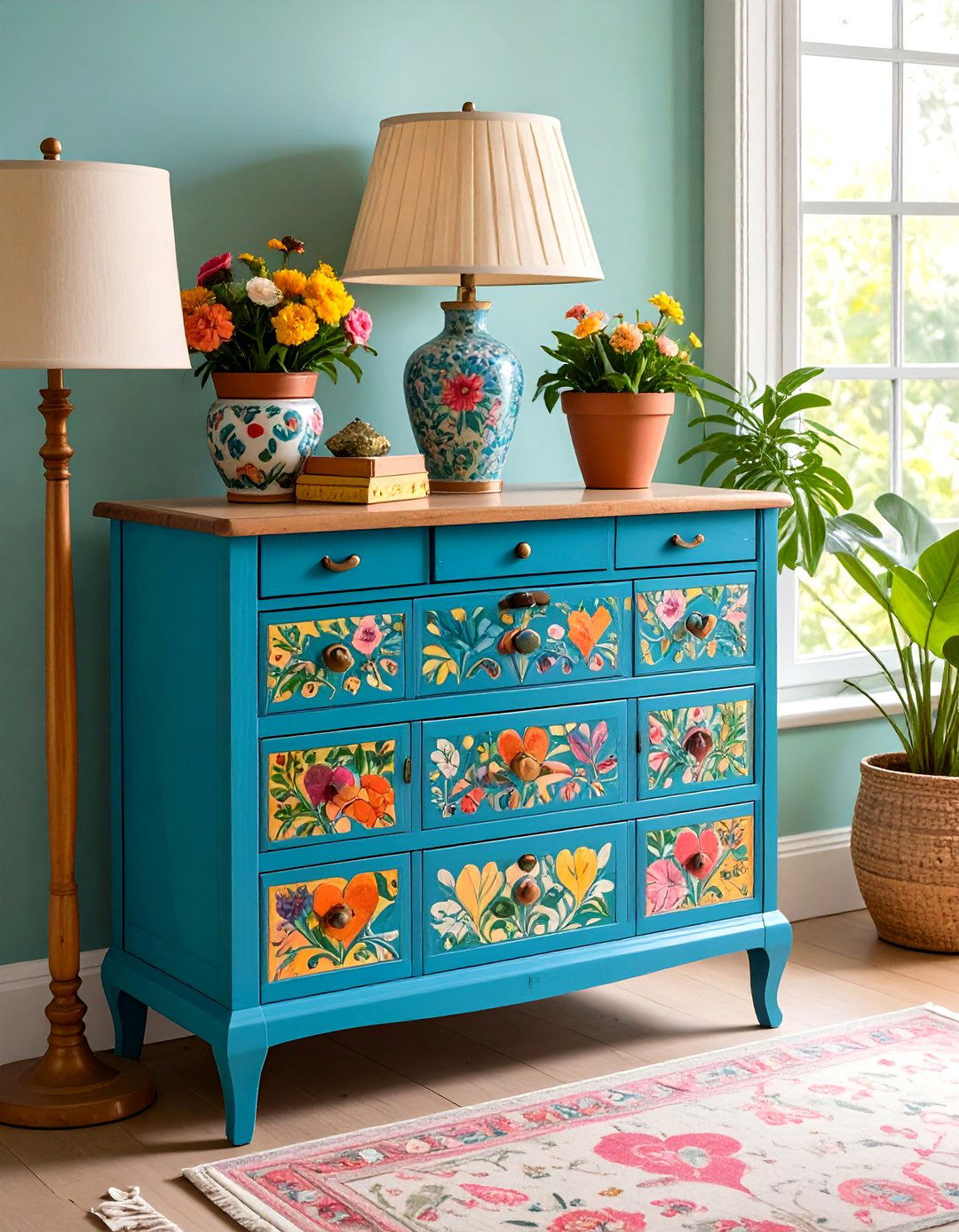
Take a plain pine dresser and, with a craft-store stencil and acrylic paint, you’re revisiting the hands-on spirit of 1990s interior design. Motifs such as ivy leaves, folk hearts, or abstract suns were weekend-project favorites. Today, fashion yours with modern botanical silhouettes or retro arcade icons. Tape the stencil securely, dab off excess paint, and build color layers for crisp edges. Seal with water-based varnish so drawers stay wipe-proof. Matching tiny motifs on lampshades or plant pots ties the room together and honors the decade’s love for coordinated DIY flair.
23. Light Maple Flooring Brightens 1990s Interior Design Palettes
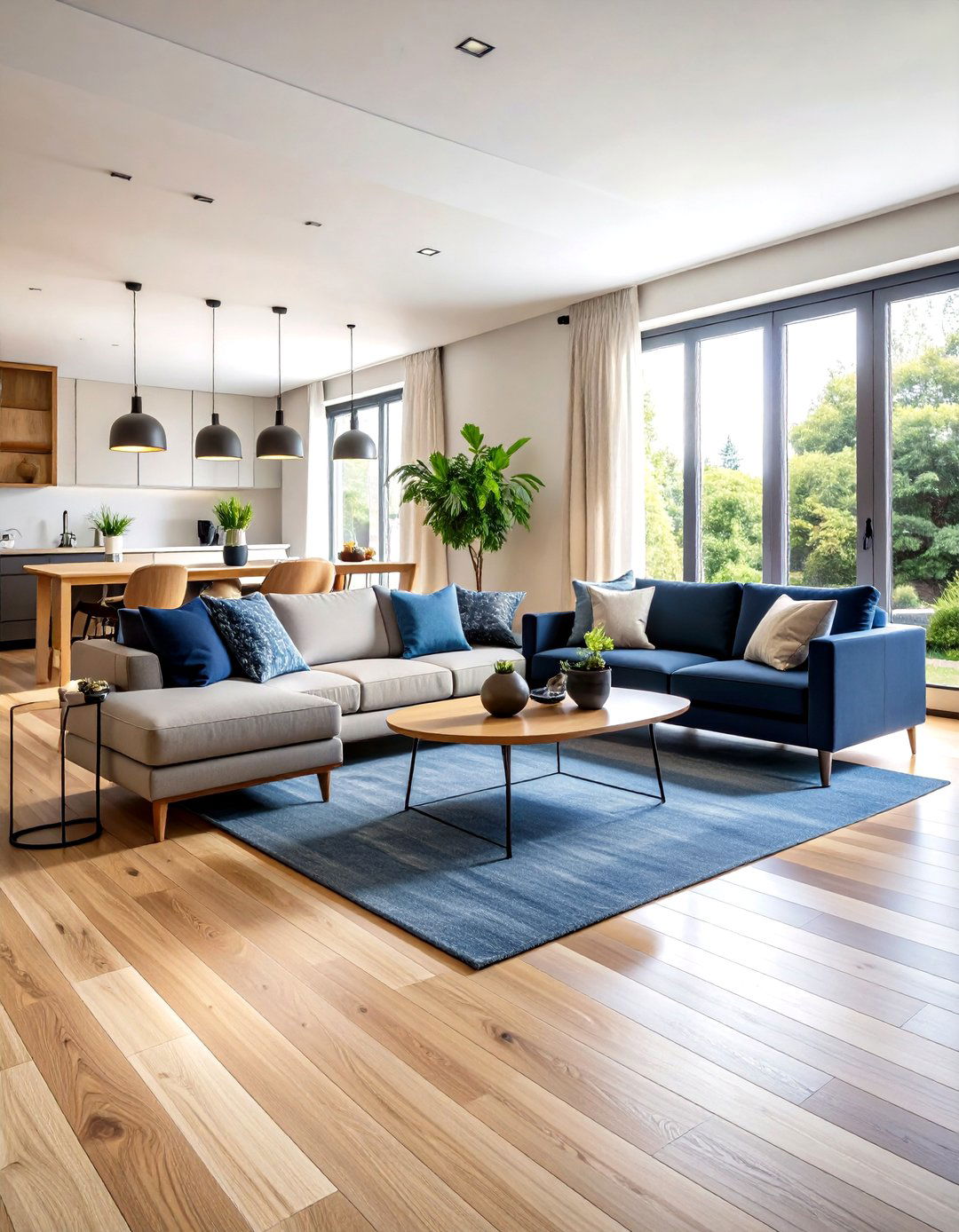
Shortly after orange oak ruled, blonde maple strip flooring became the fresh foundation of late-1990s interior design, reflecting light and harmonizing with Scandinavian influences. If your home still sports it, simply deep-clean and apply a water-based satin polyurethane to eliminate yellowing. For new installs, choose engineered maple planks with micro-bevel edges for quick clicks. Pair the pale boards with charcoal sofas and black-metal table bases so the floor feels intentional, not builder-basic. A textured wool runner in muted navy adds depth while preserving the sunny, optimistic canvas that made maple flooring so beloved at millennium parties.
24. Neon Memphis Accents Electrify 1990s Interior Design Corners
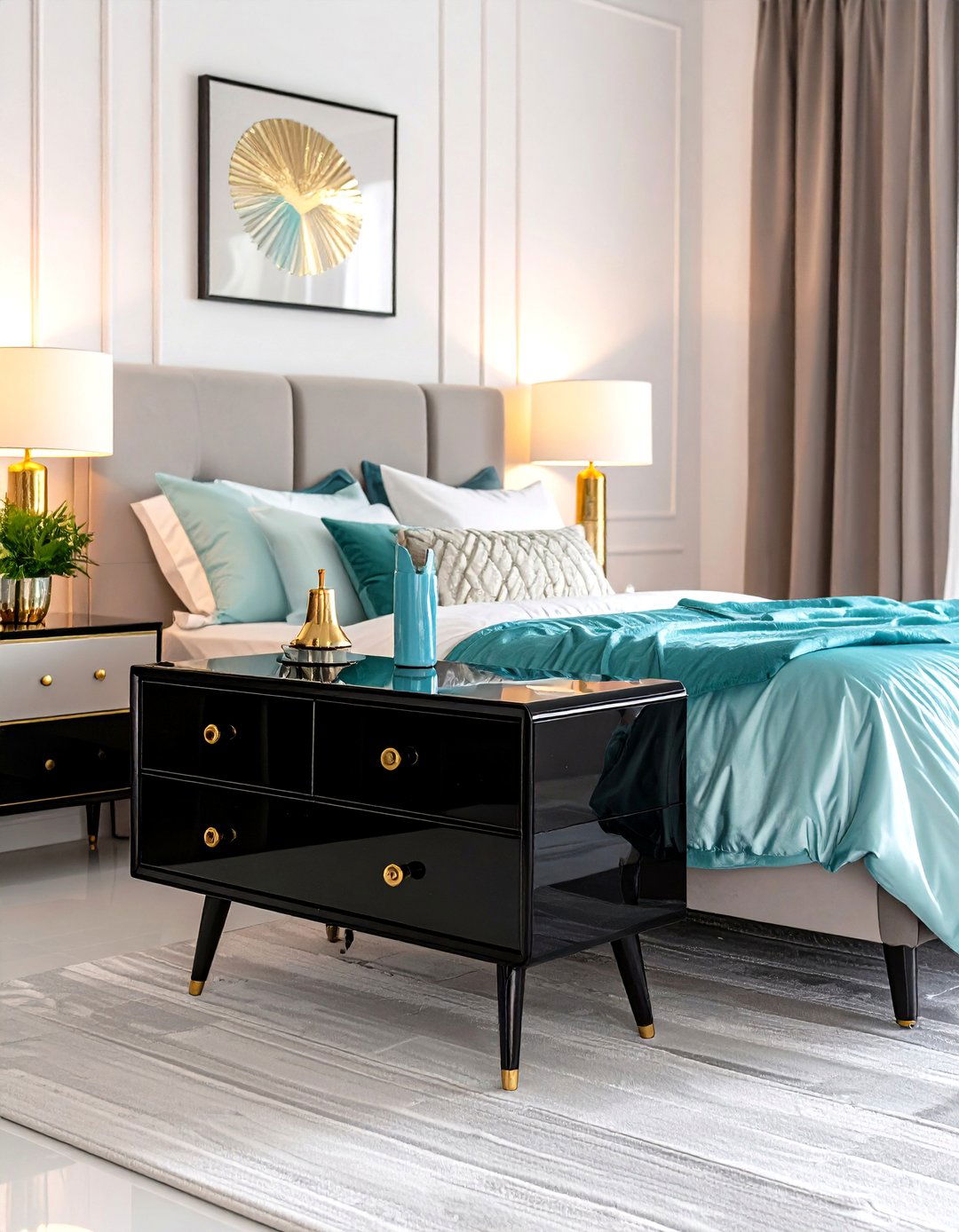
Despite peaking earlier, Memphis Design’s zigzag neon squiggles spilled into 1990s interior design via Trapper Keeper binders and teen magazines. Reintroduce the whimsy with small punchy hits: a wavy pink floor lamp, turquoise picture frames, or a black-and-white ‘Jazz’ paper-cup throw pillow. Keep core furniture neutral — you want neon to read as accent, not chaos. Removable vinyl wall shapes mean renters can test the waters without extra holes. Pair bright hits with plenty of negative space so the eyes can rest; the space will feel like a 90s arcade snack bar in the best way.
25. Translucent Tech Colors Inspire 1990s Interior Design Home Offices
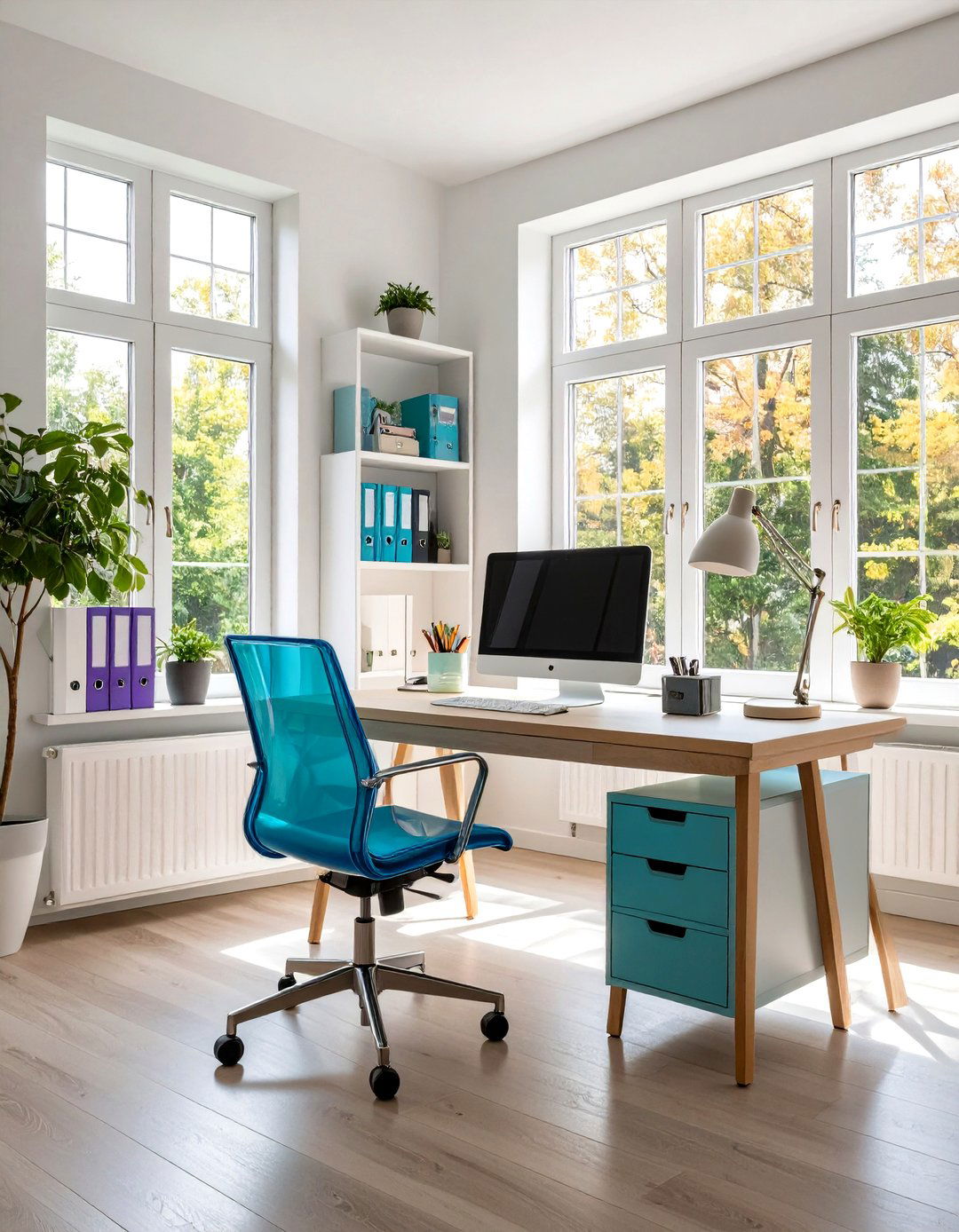
When Apple launched its candy-hued iMac G3 in 1998, translucent plastics swept 1990s interior design accessories. Capture that optimism in a homework nook with an aqua acrylic desk chair, grape-tinted file bins, and a lime-green desk lamp. The see-through materials keep tight workspaces airy, bouncing daylight across screens. Stick to one or two colors to avoid looking like a toy store, and ground the brightness with a neutral desktop — think birch plywood or white laminate. Finishing touches like a clear cassette tape holder double as pen cup, completing the retro tech vibe while preserving modern productivity.
Conclusion:
Decades after the dial-up tone faded, 1990s interior design still offers an unbeatable mix of comfort, experimentation, and unabashed fun. Whether you lean toward soft cottage chintz or chrome-bright minimalism, the era reminds us that homes can be expressive canvases, not museum pieces. Choose one idea — perhaps a geometric rug or glass-block half wall — and let it spark personal twists rather than wholesale replicas. By blending tactile fabrics, nostalgic colors, and practical DIY spirit, you’ll craft rooms that feel grounded in memory yet ready for tomorrow’s playlist. That enduring adaptability is the decade’s most valuable design lesson.




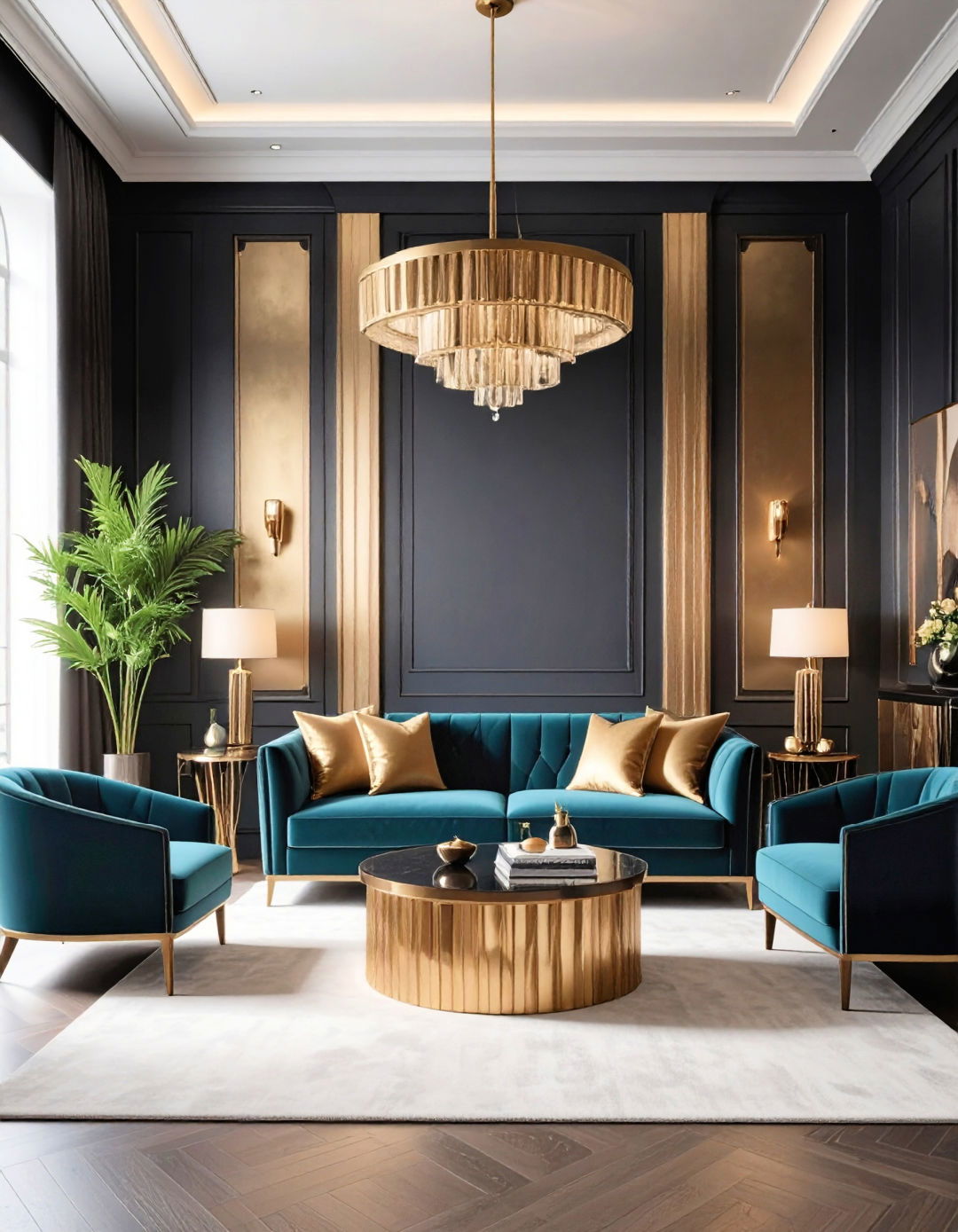


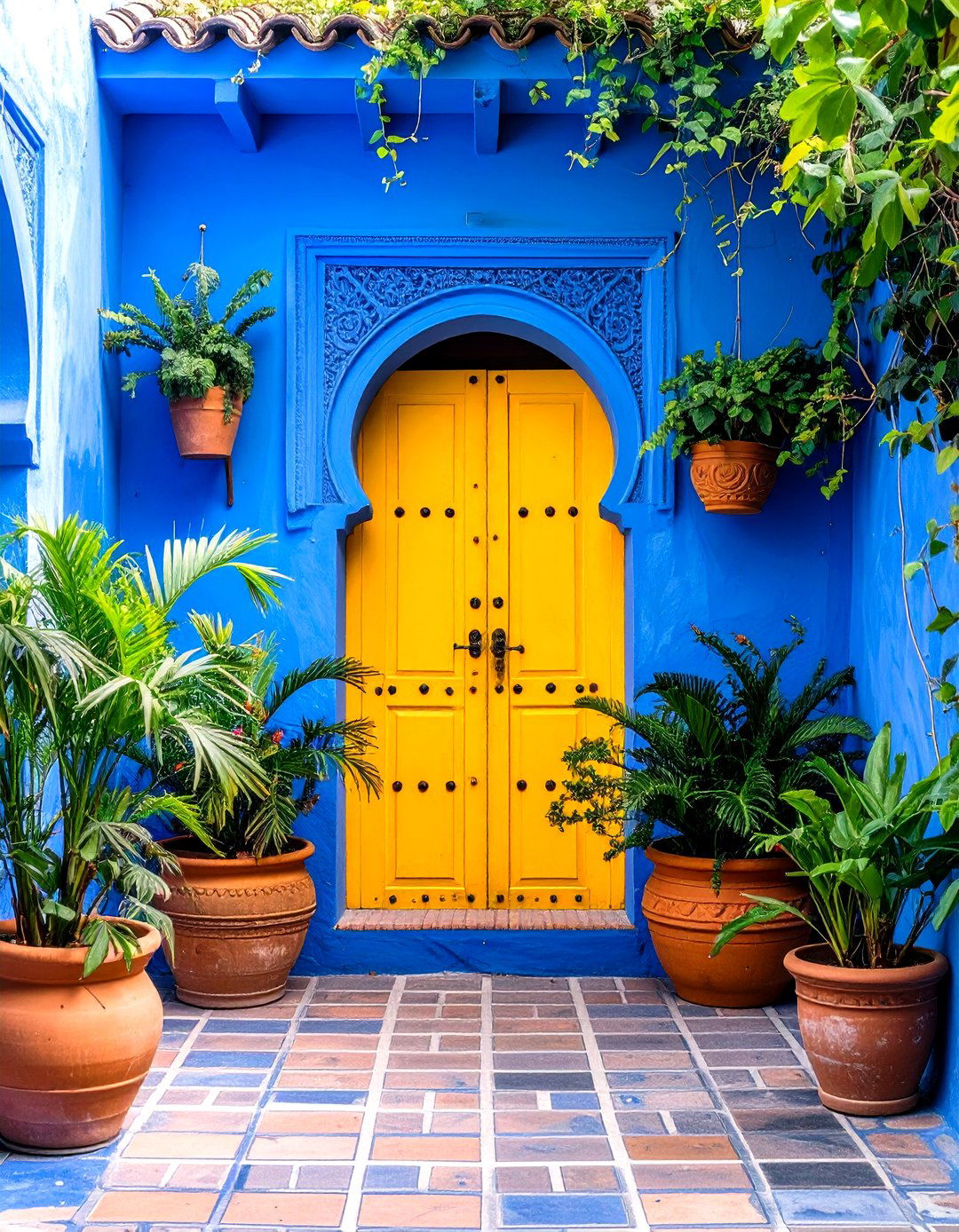

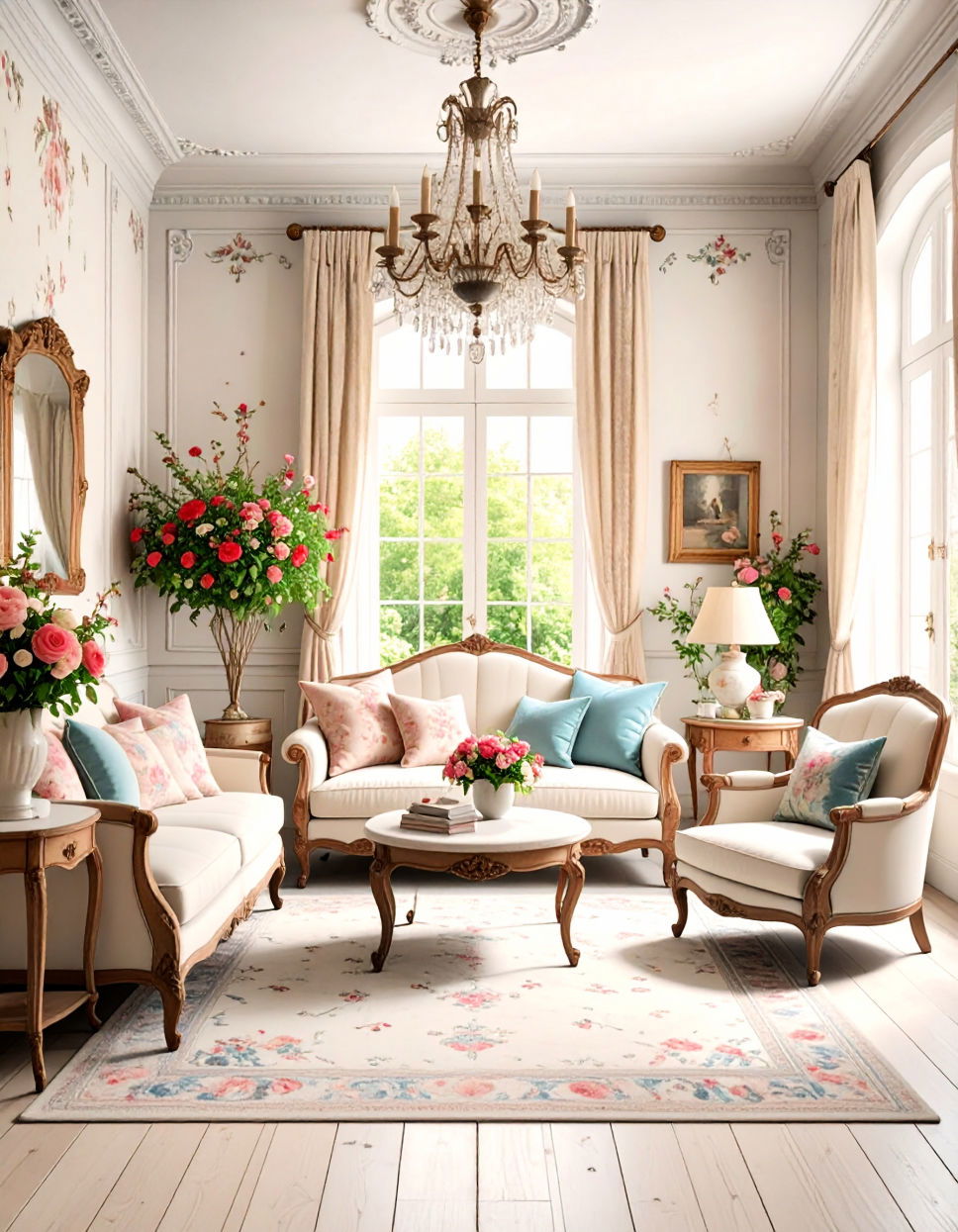

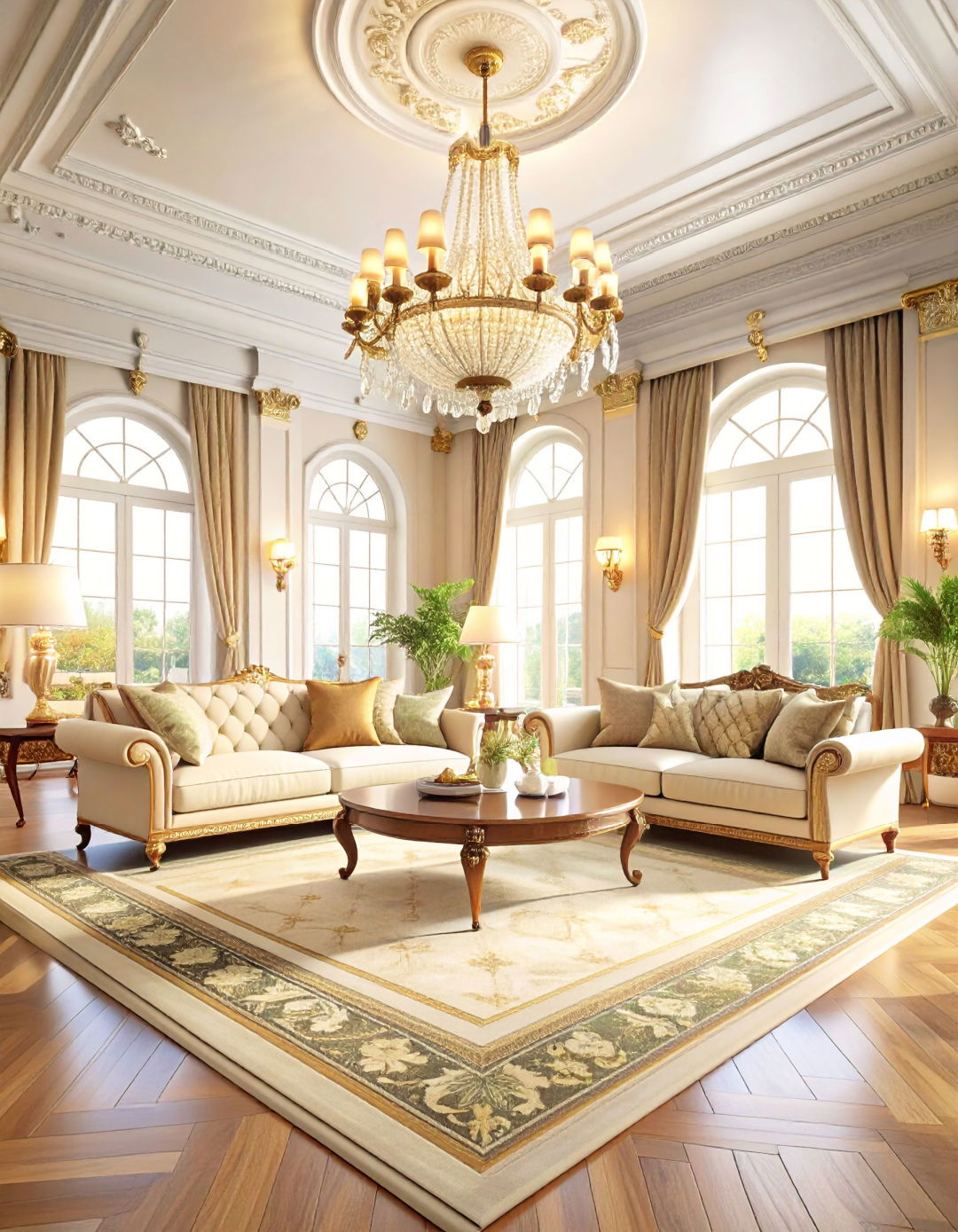
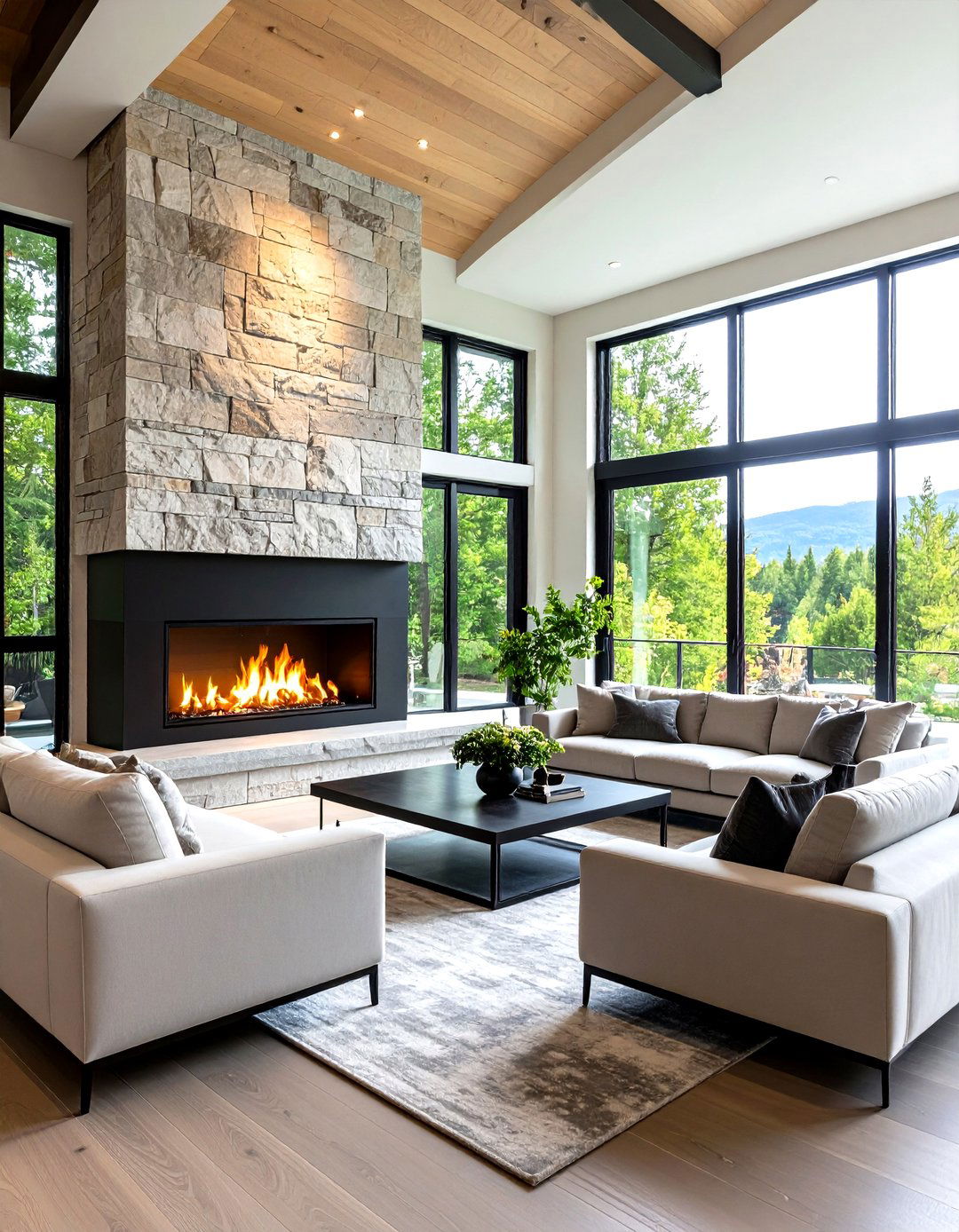
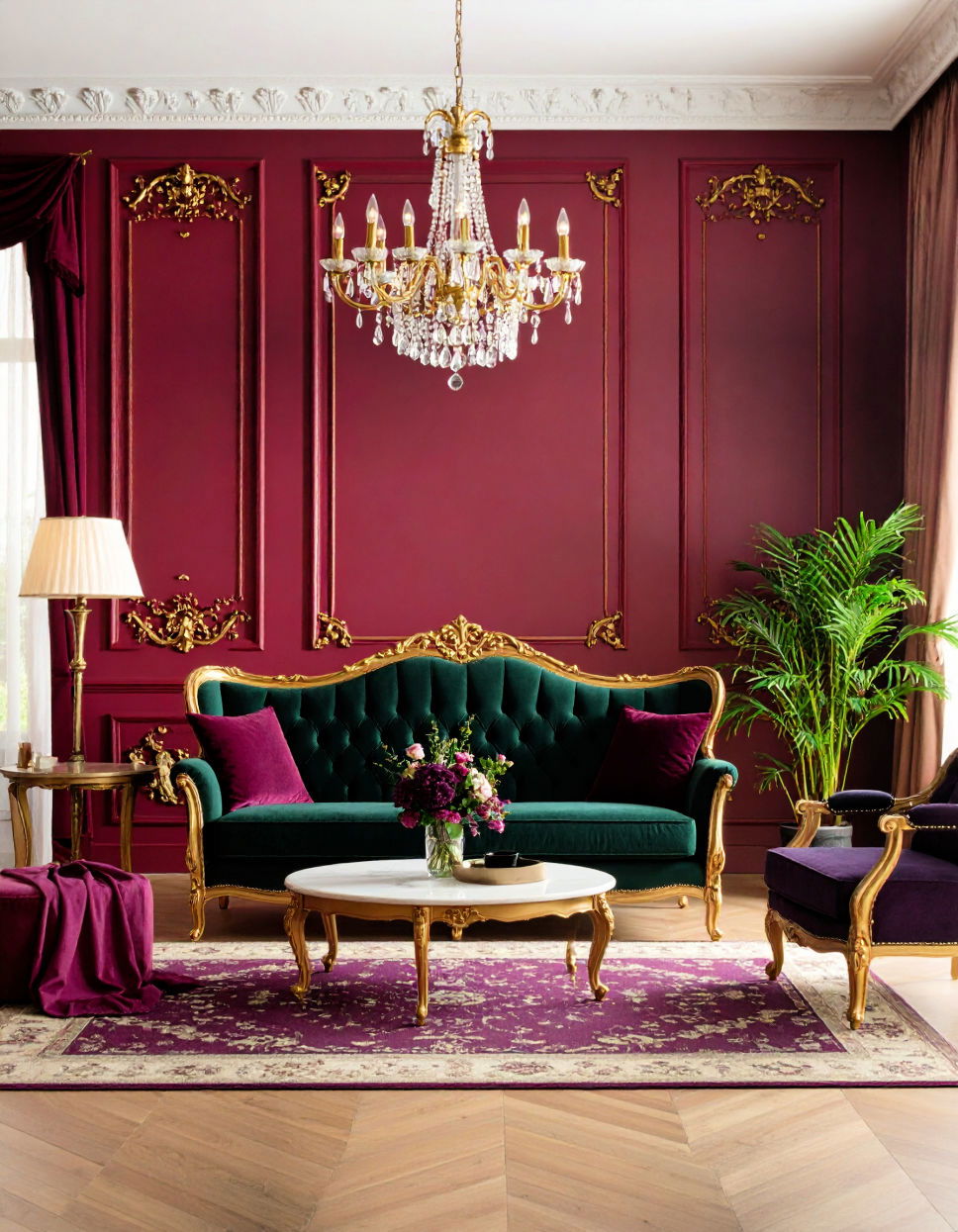
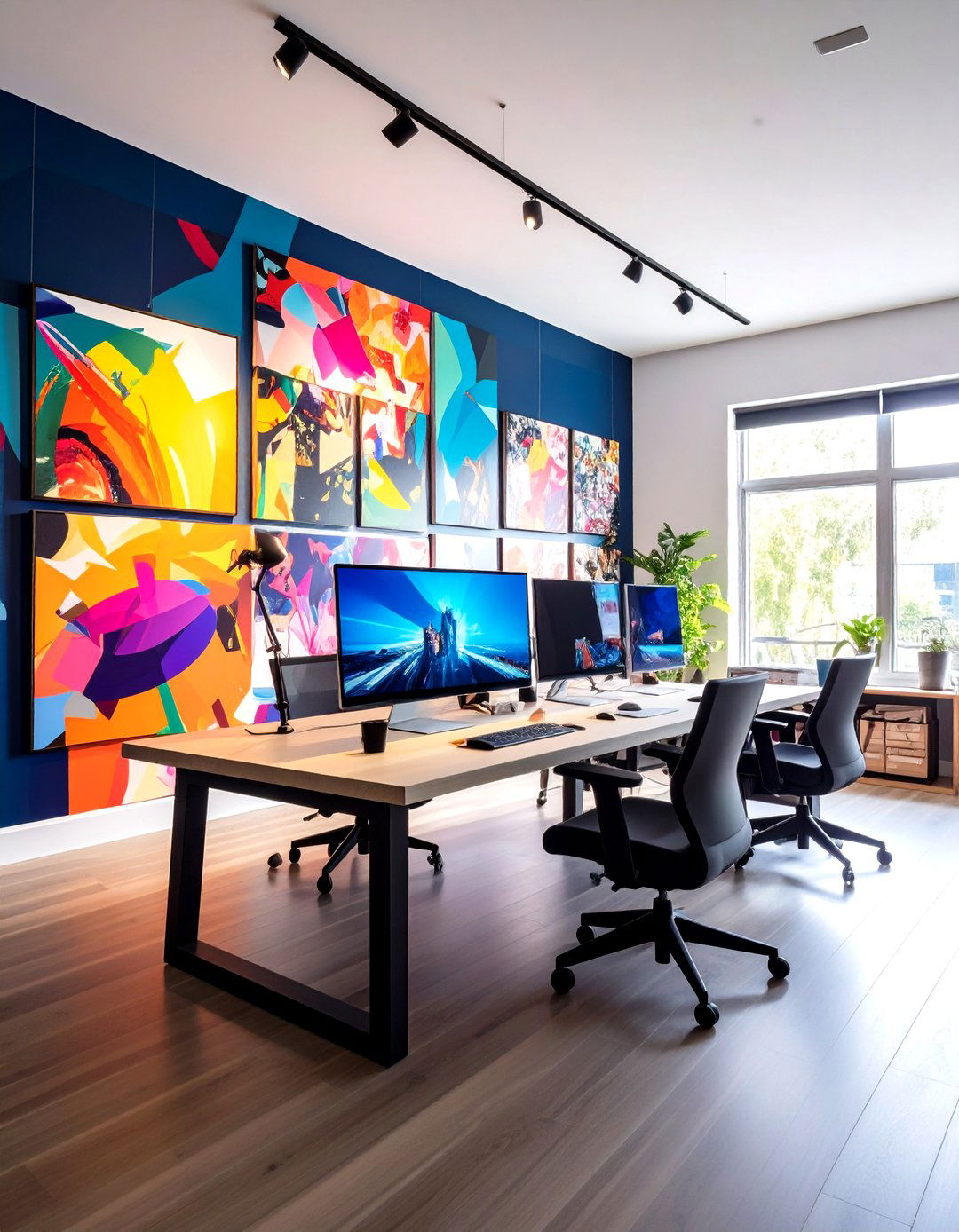
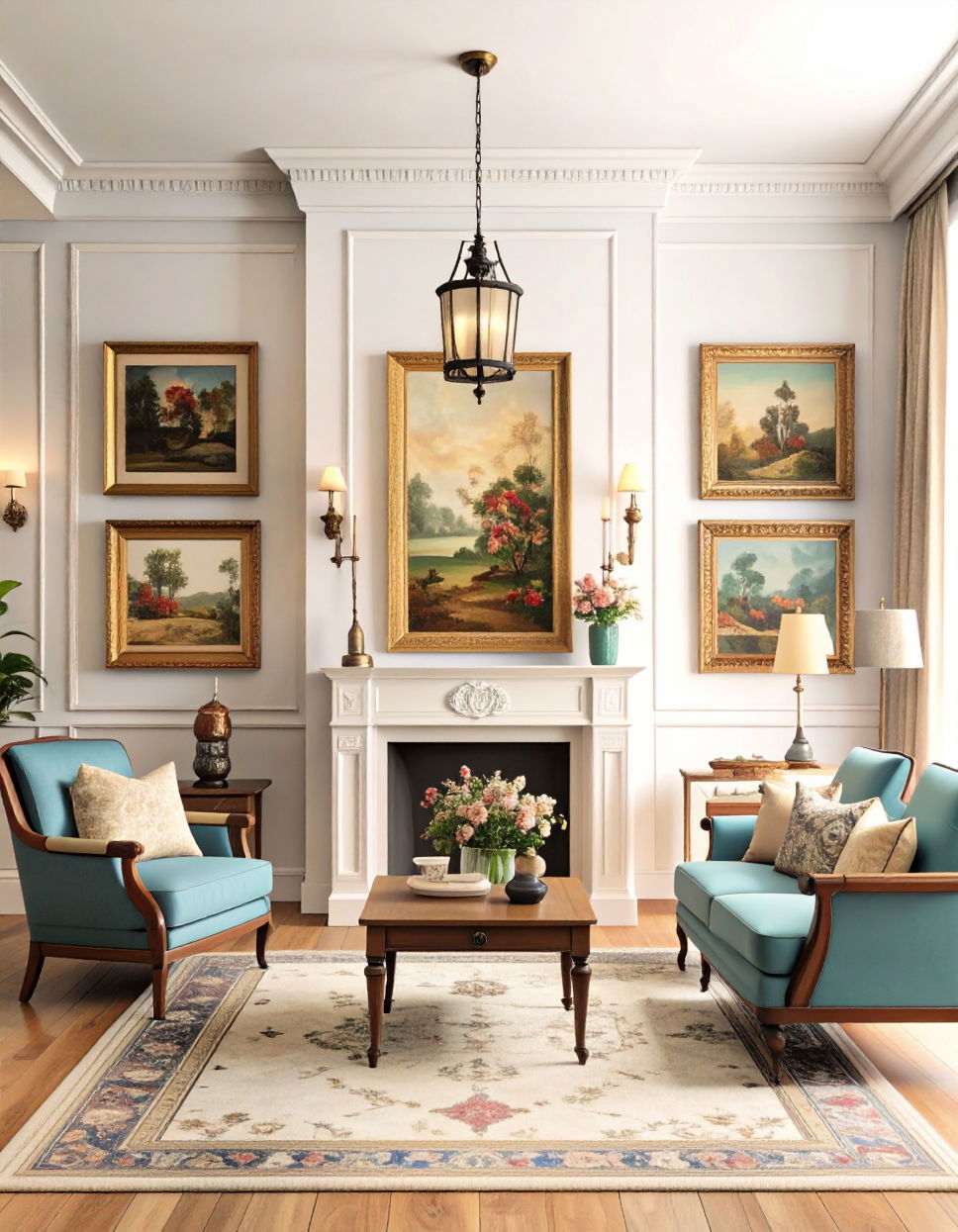
Leave a Reply